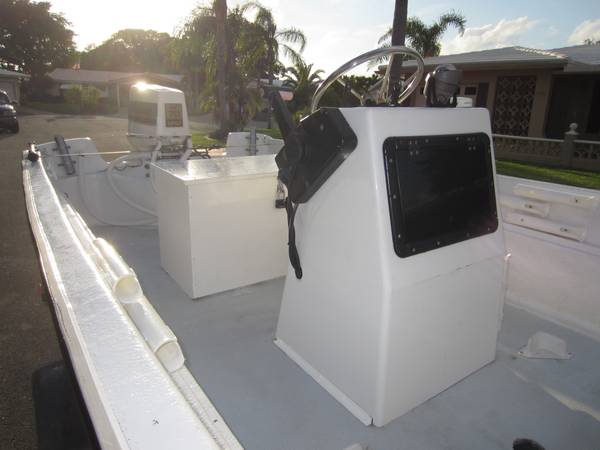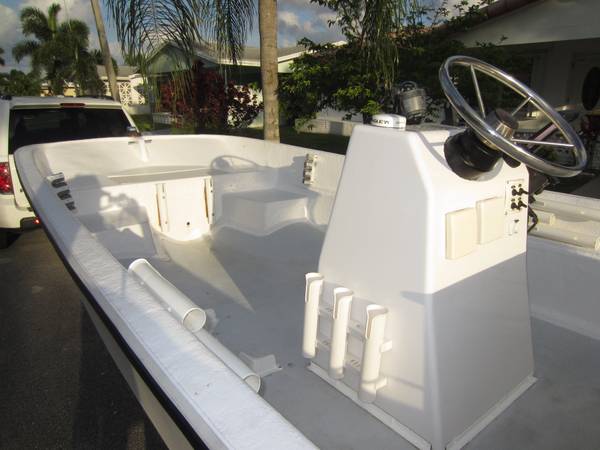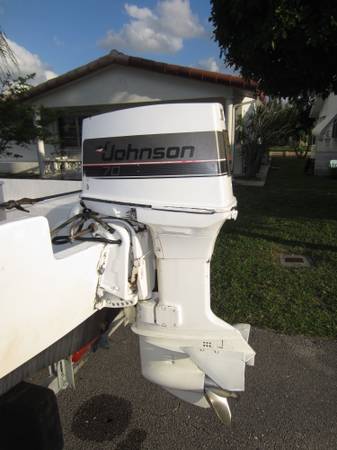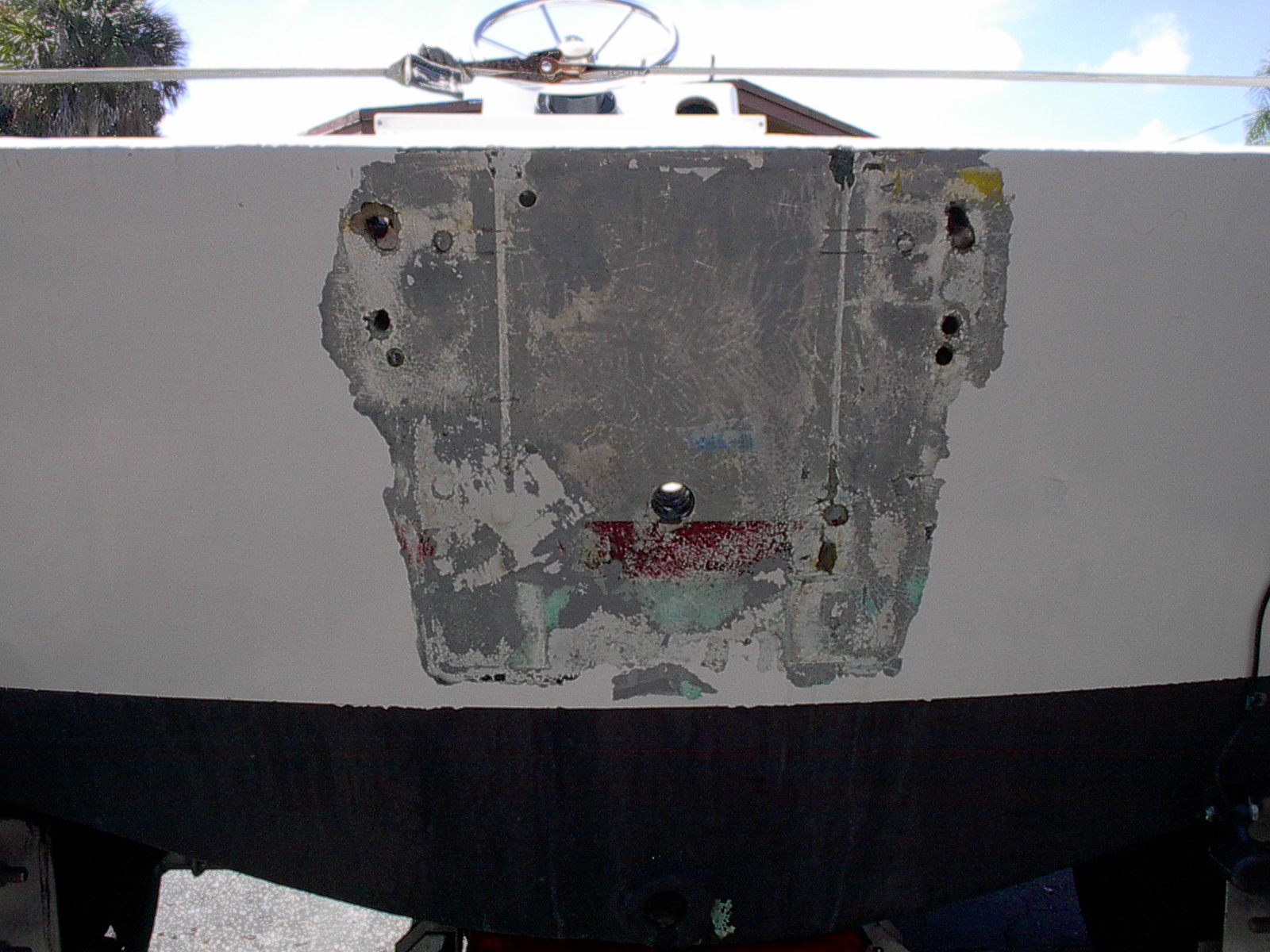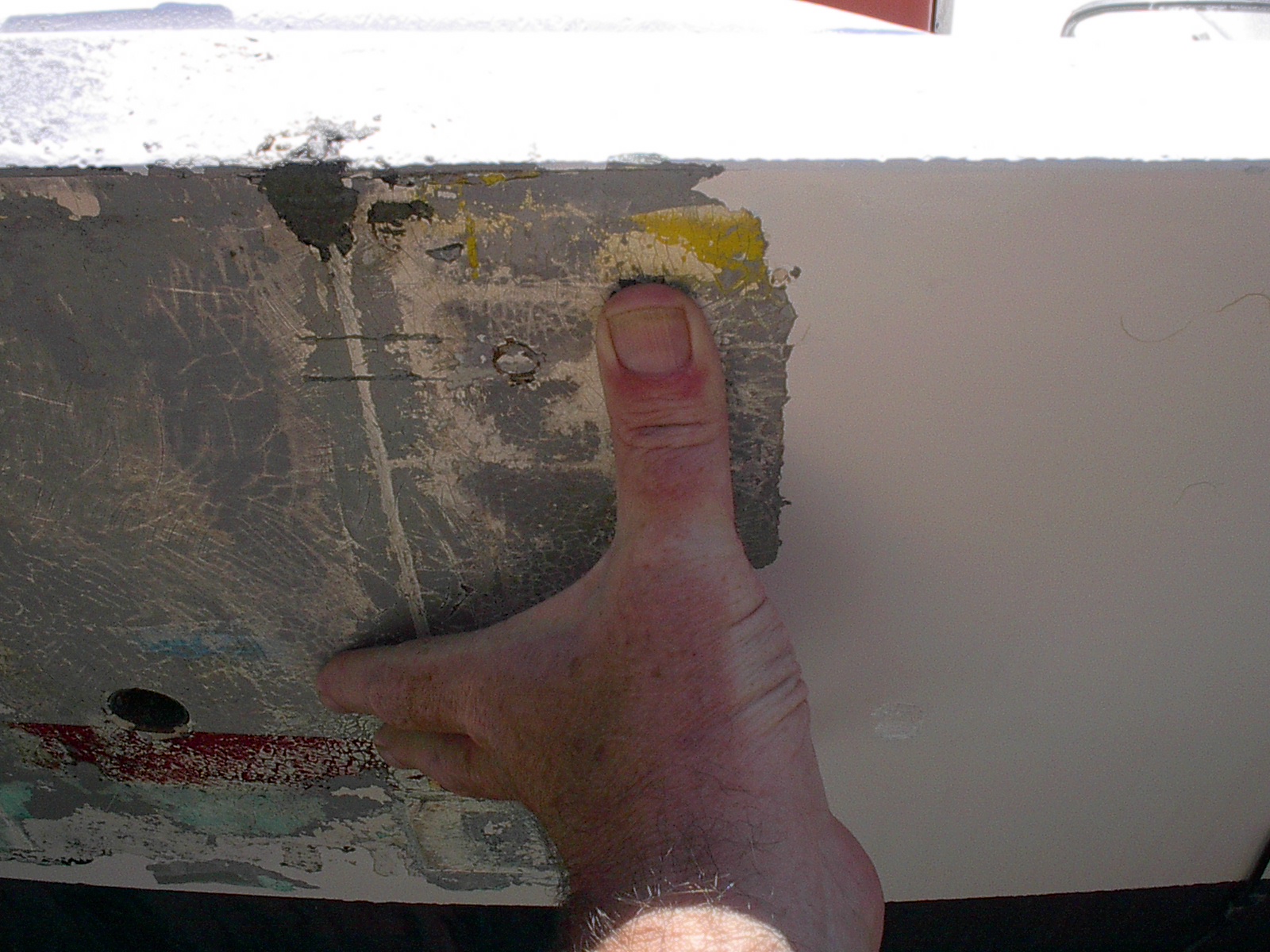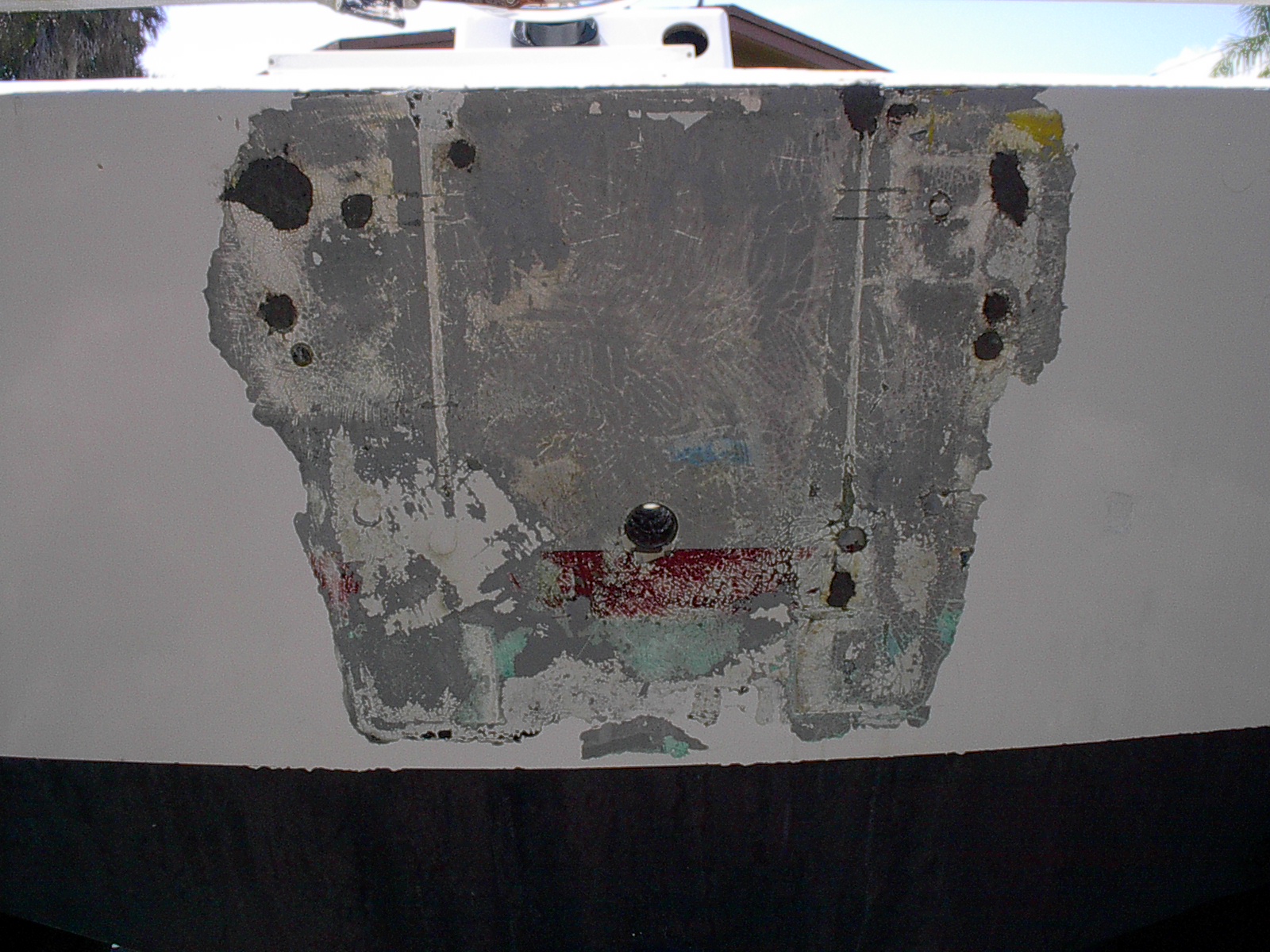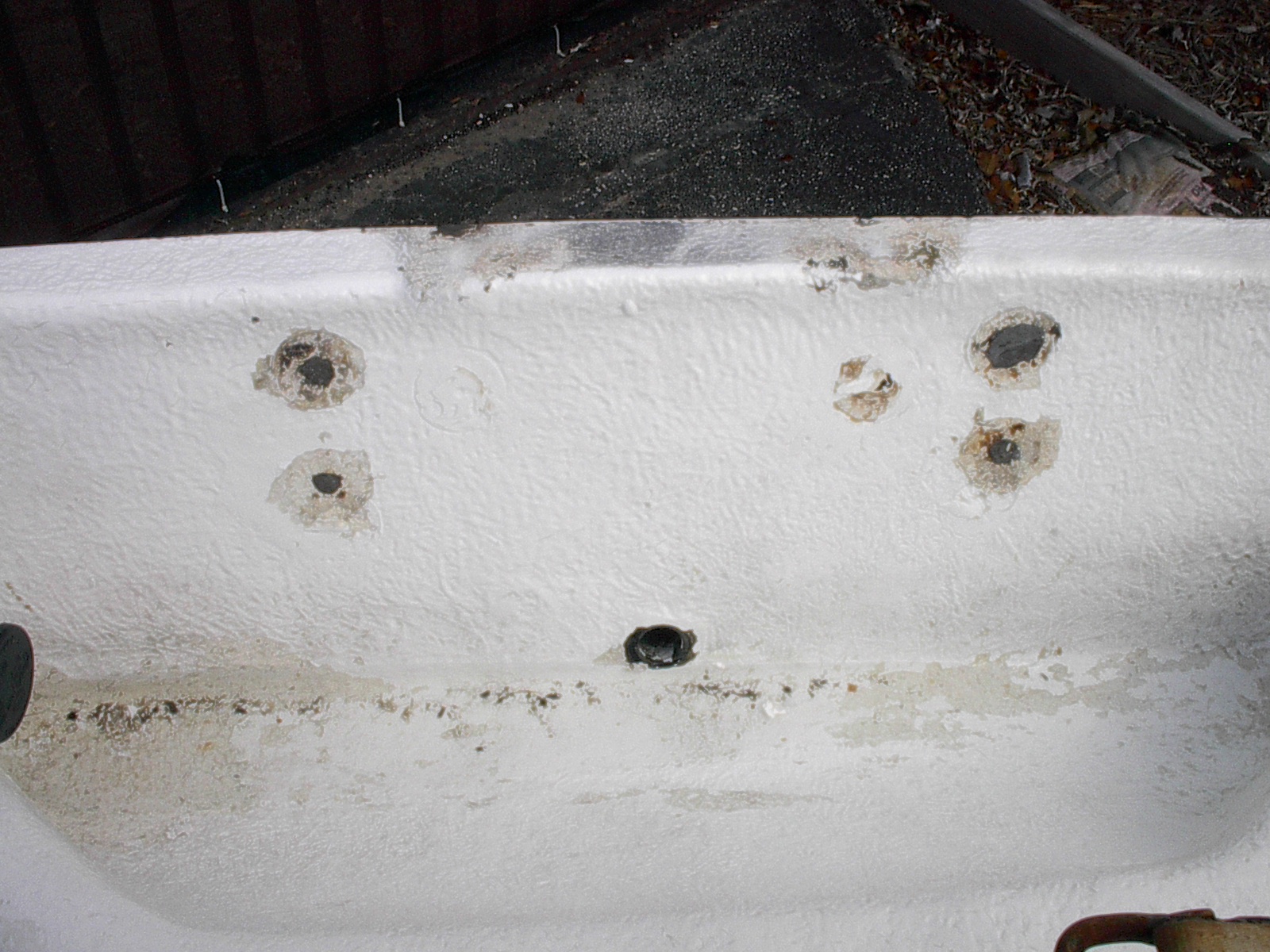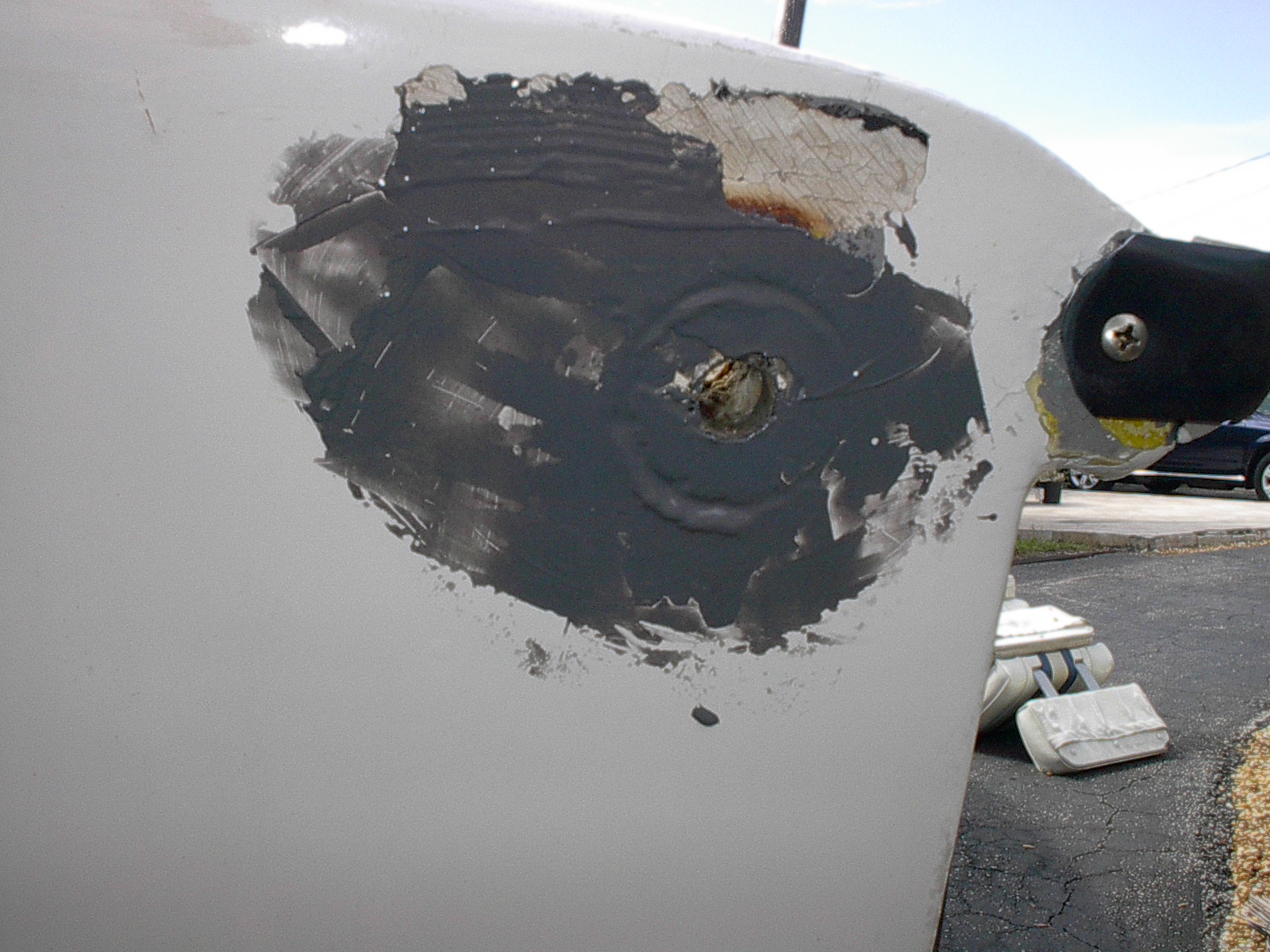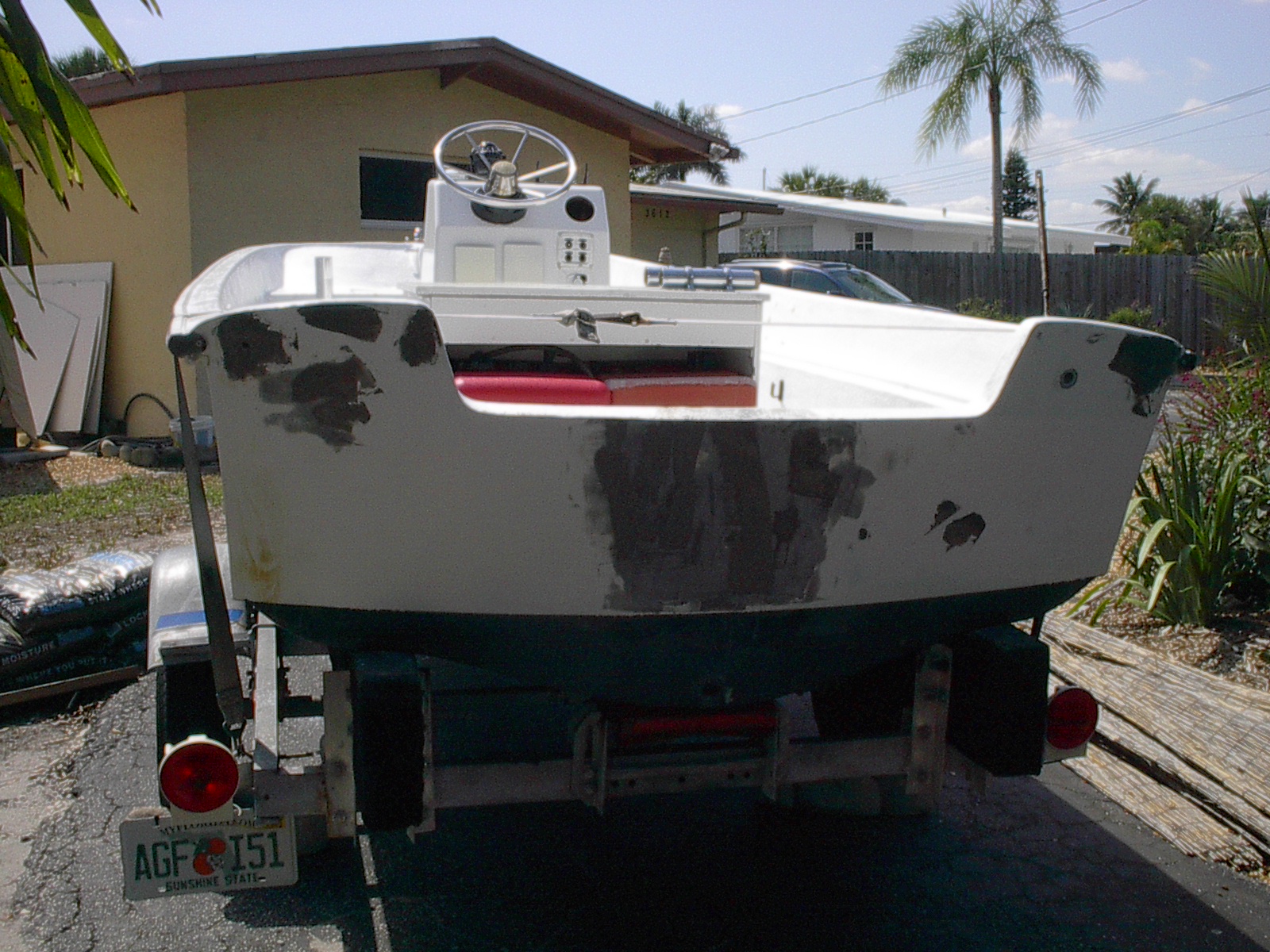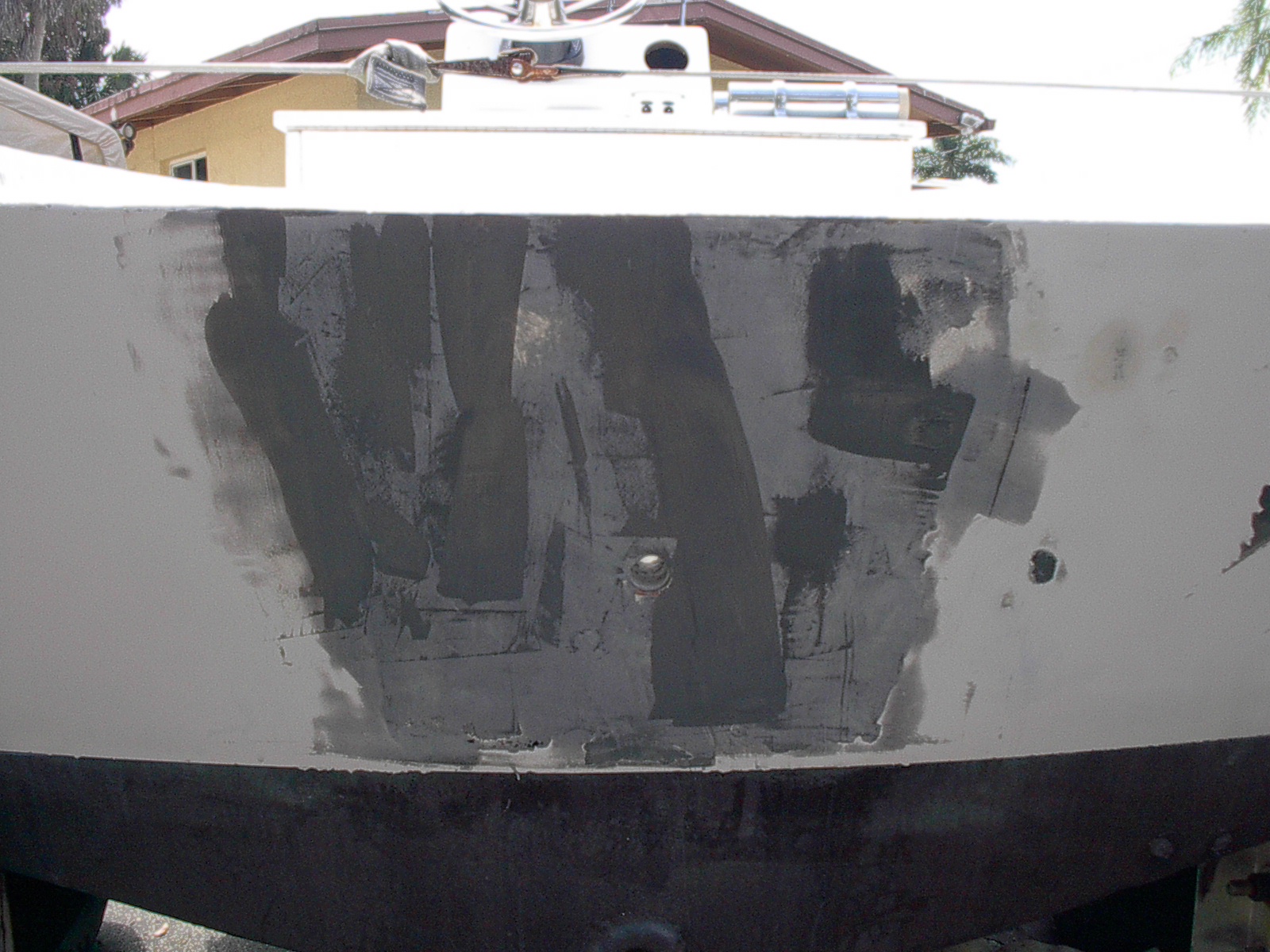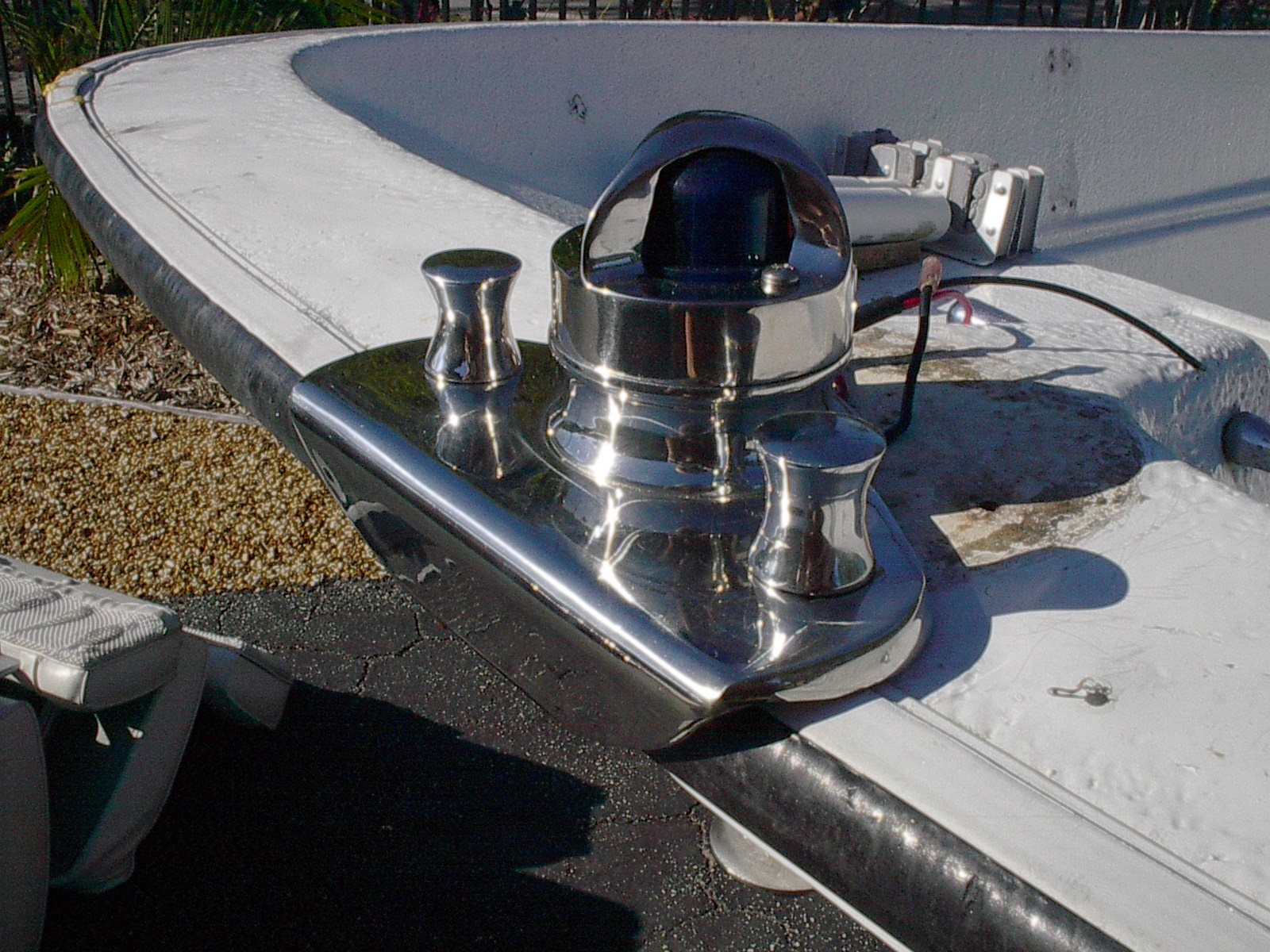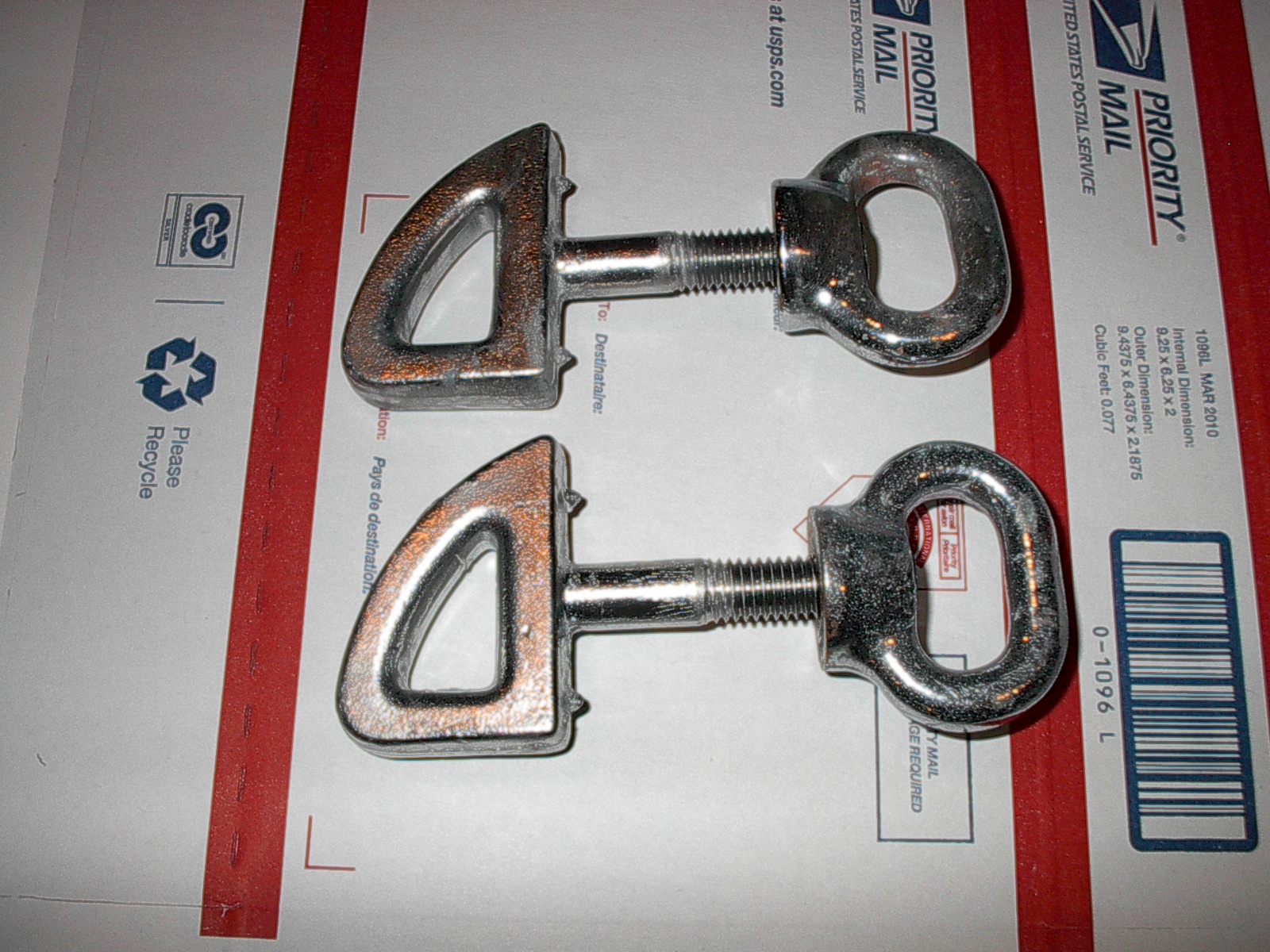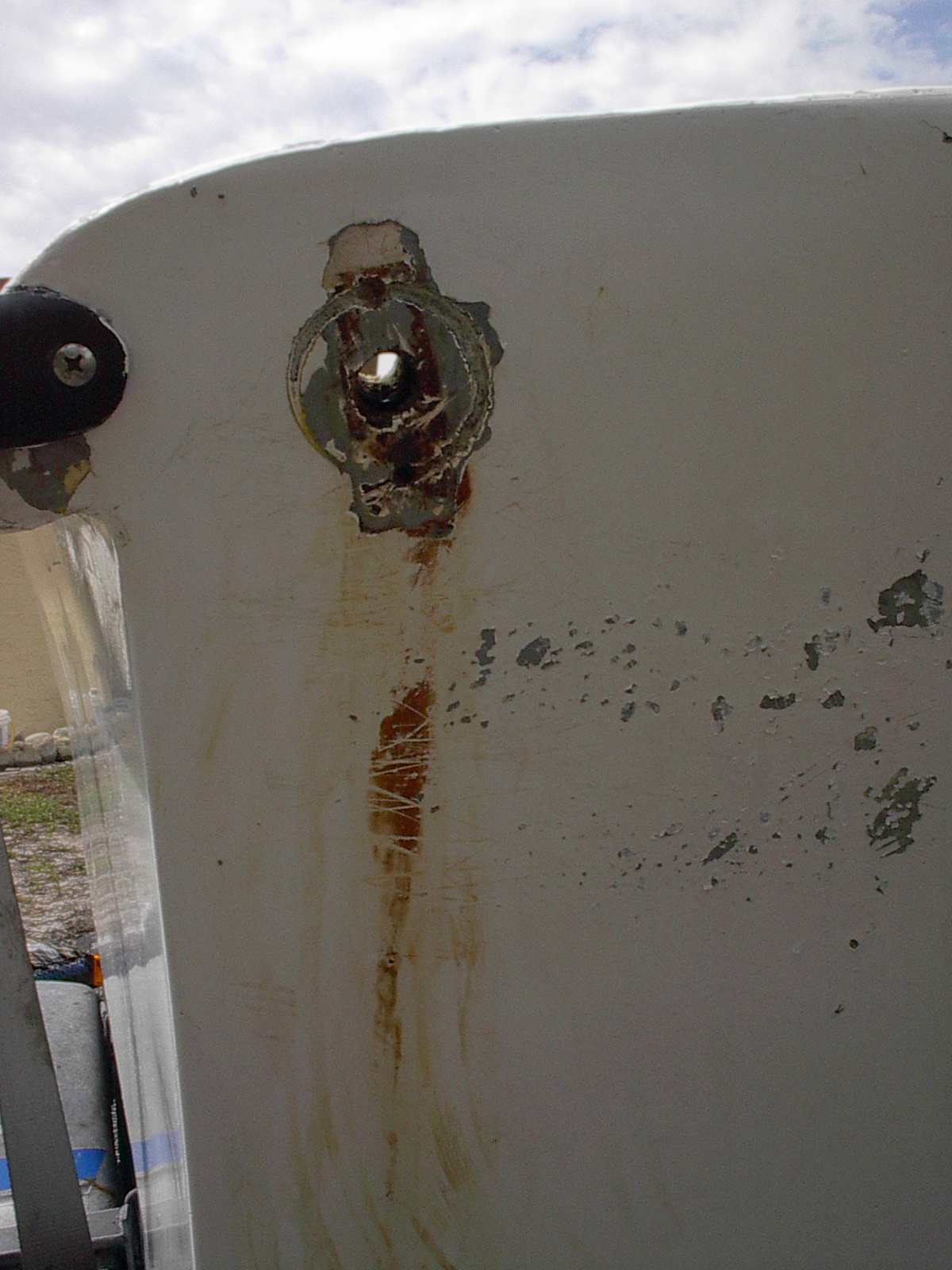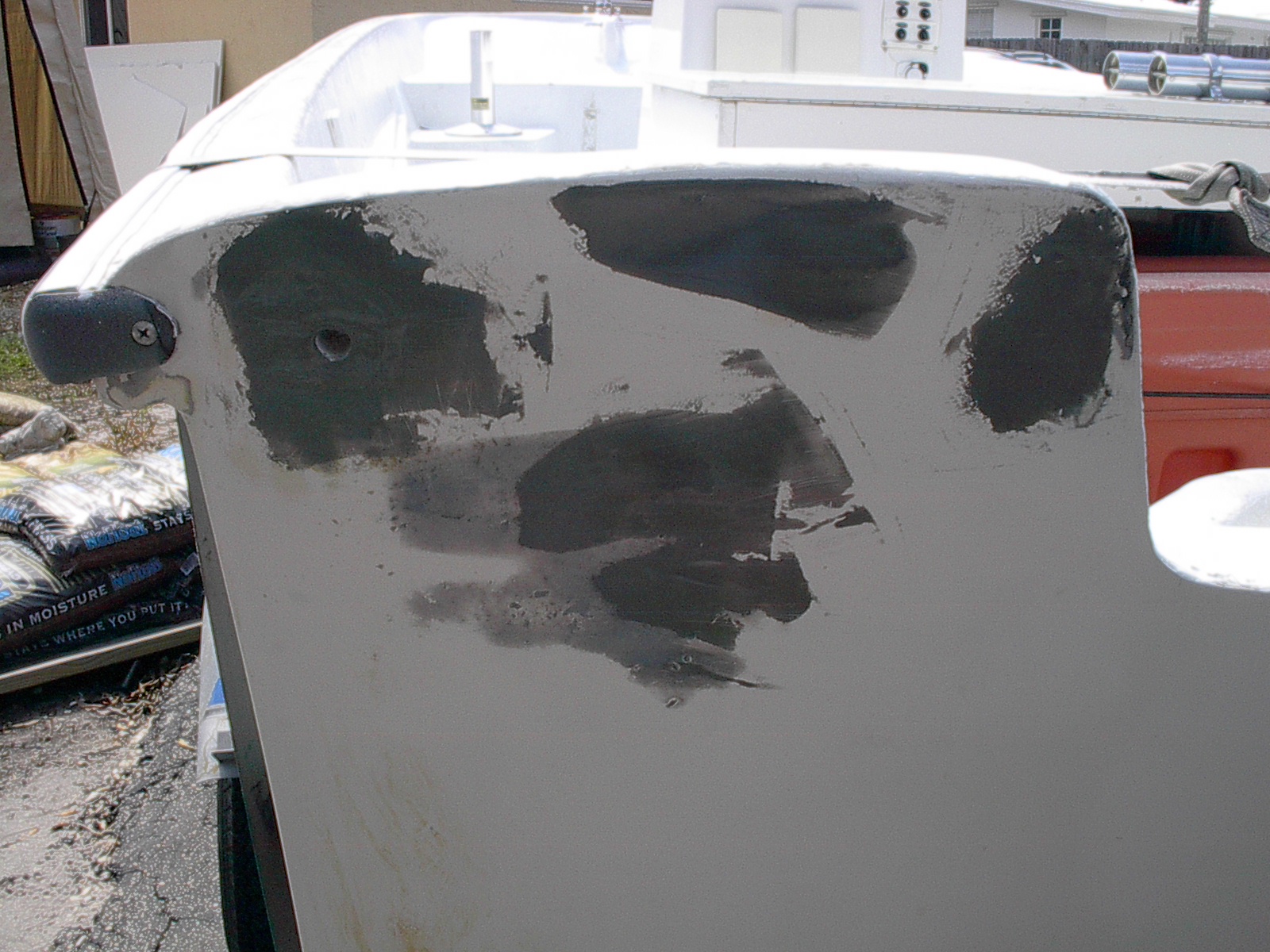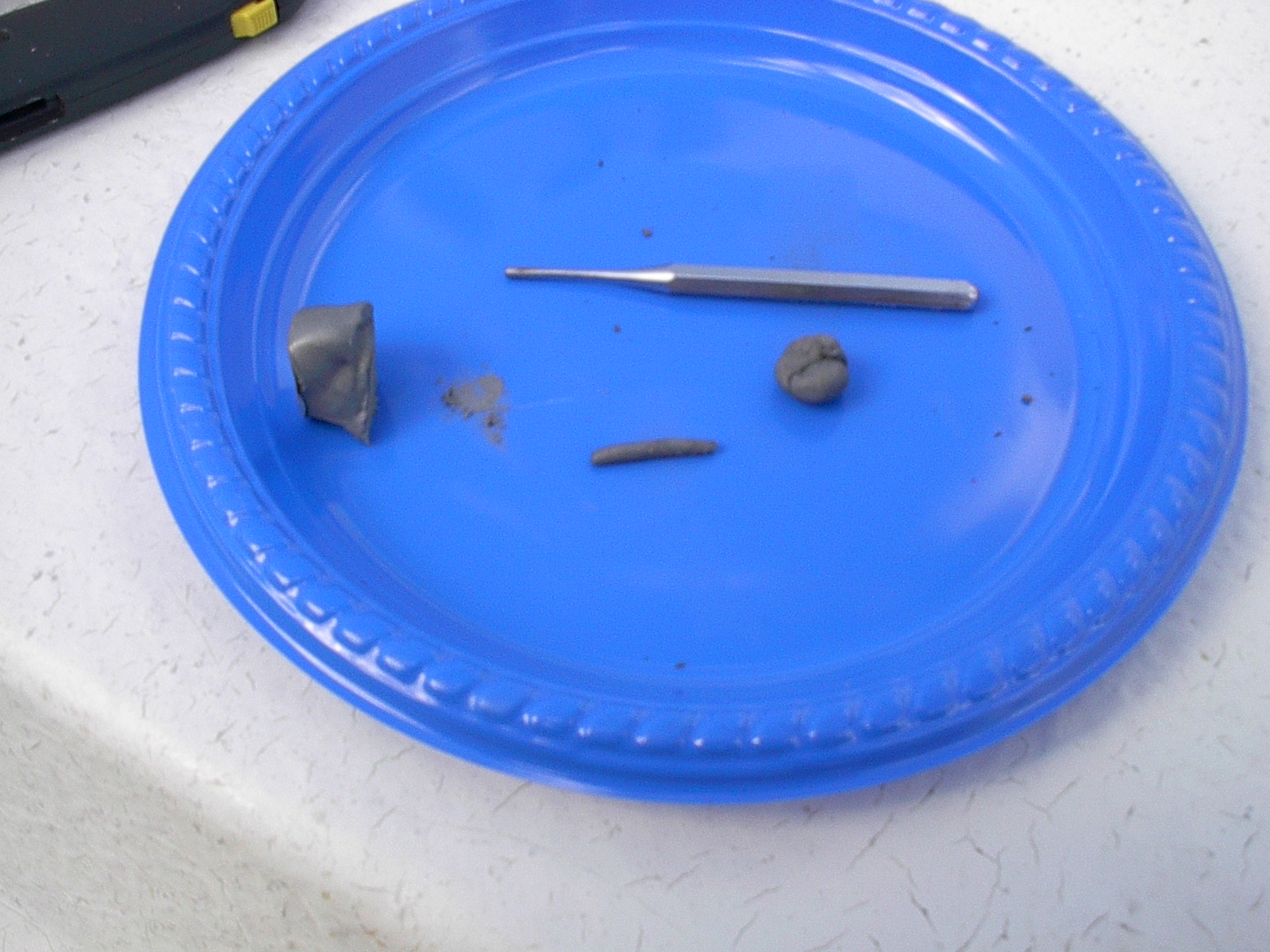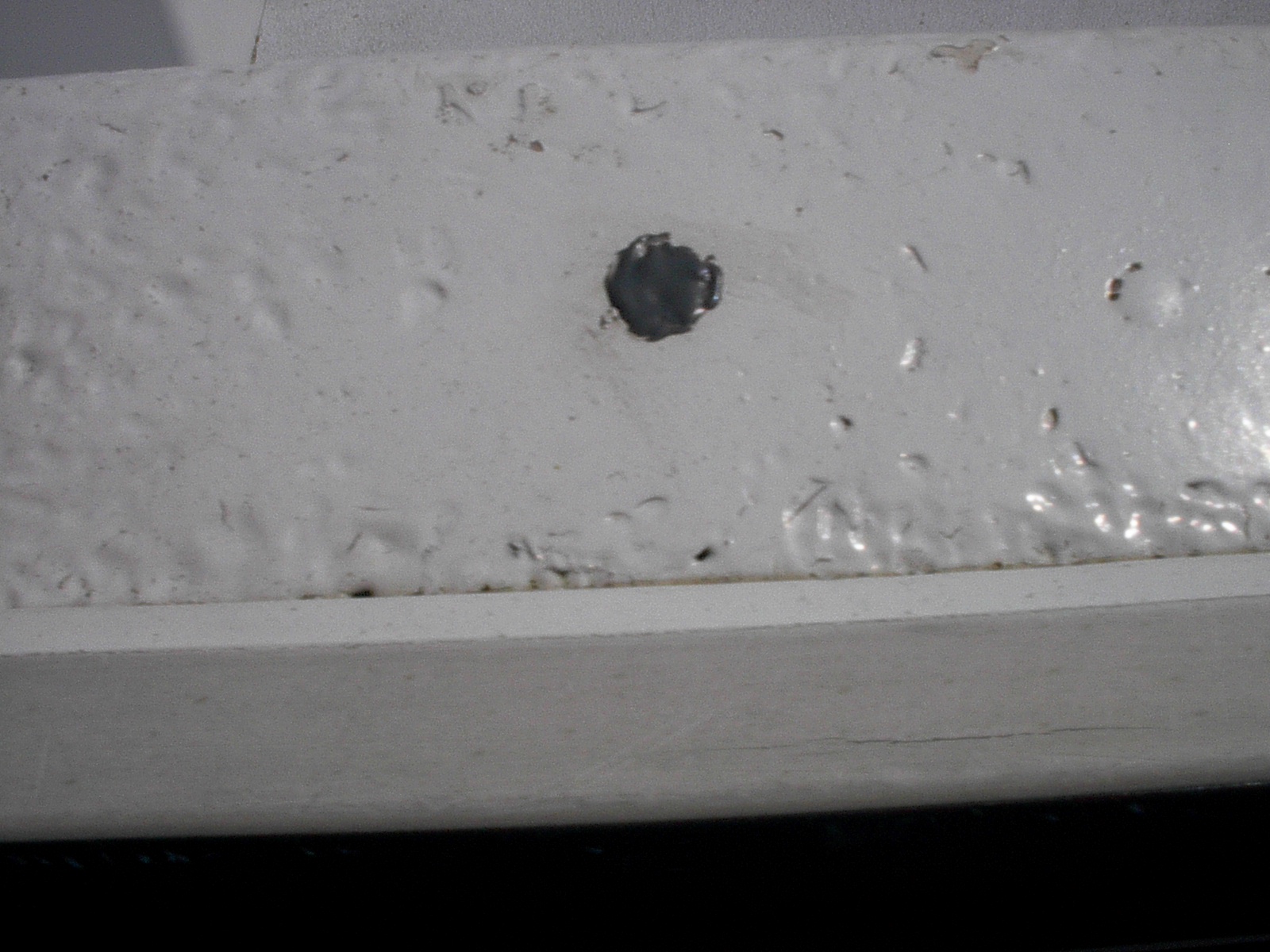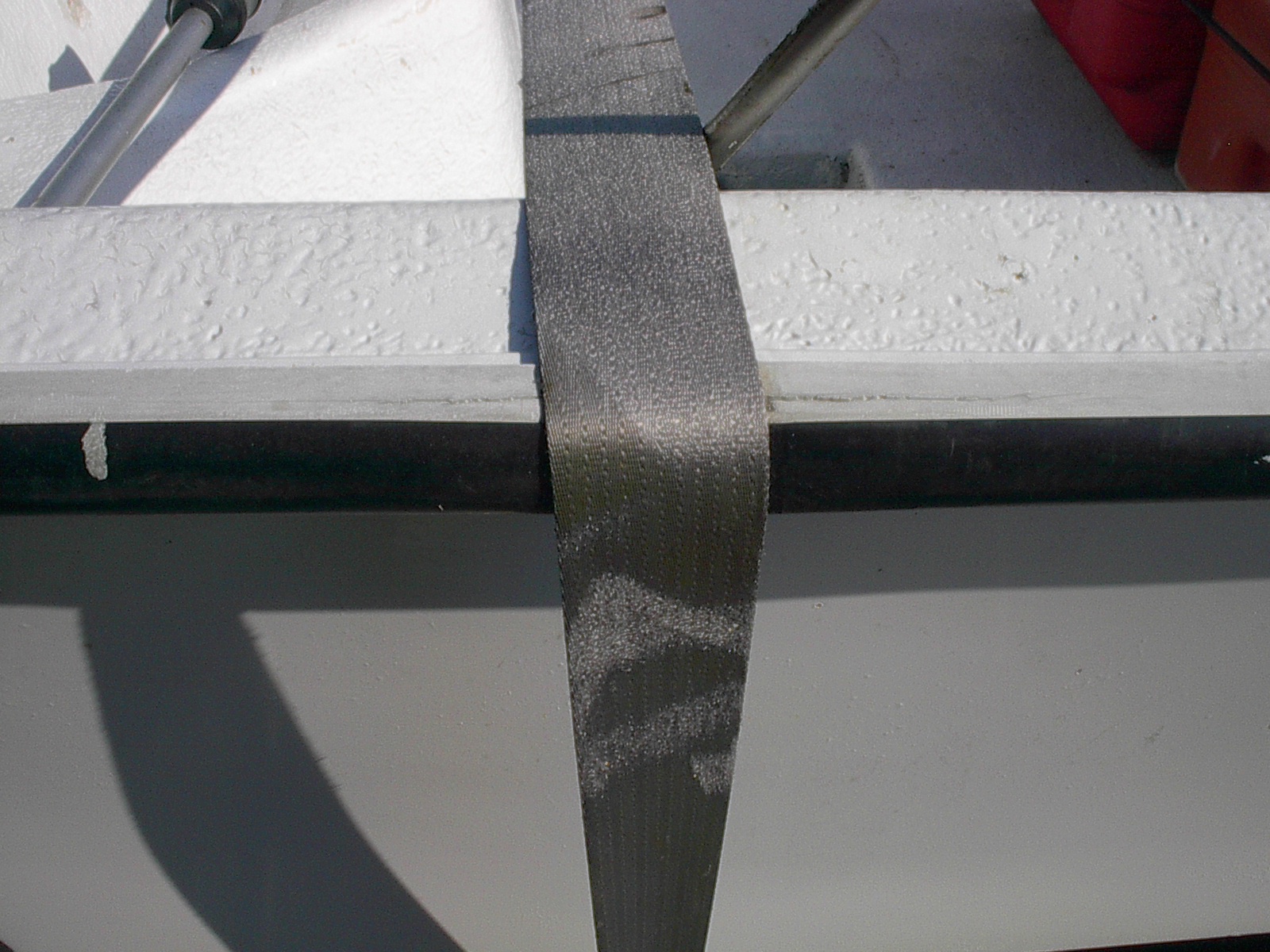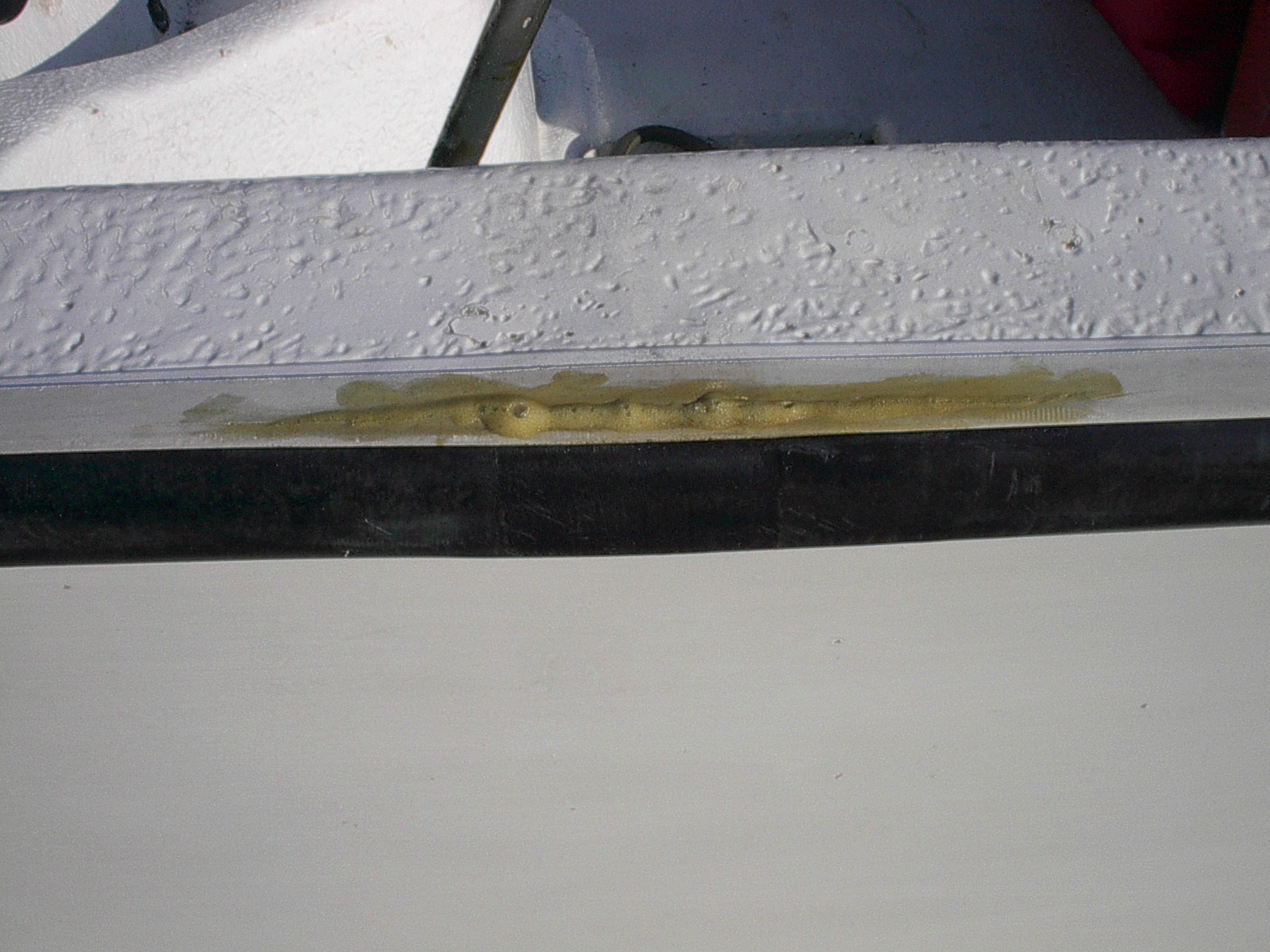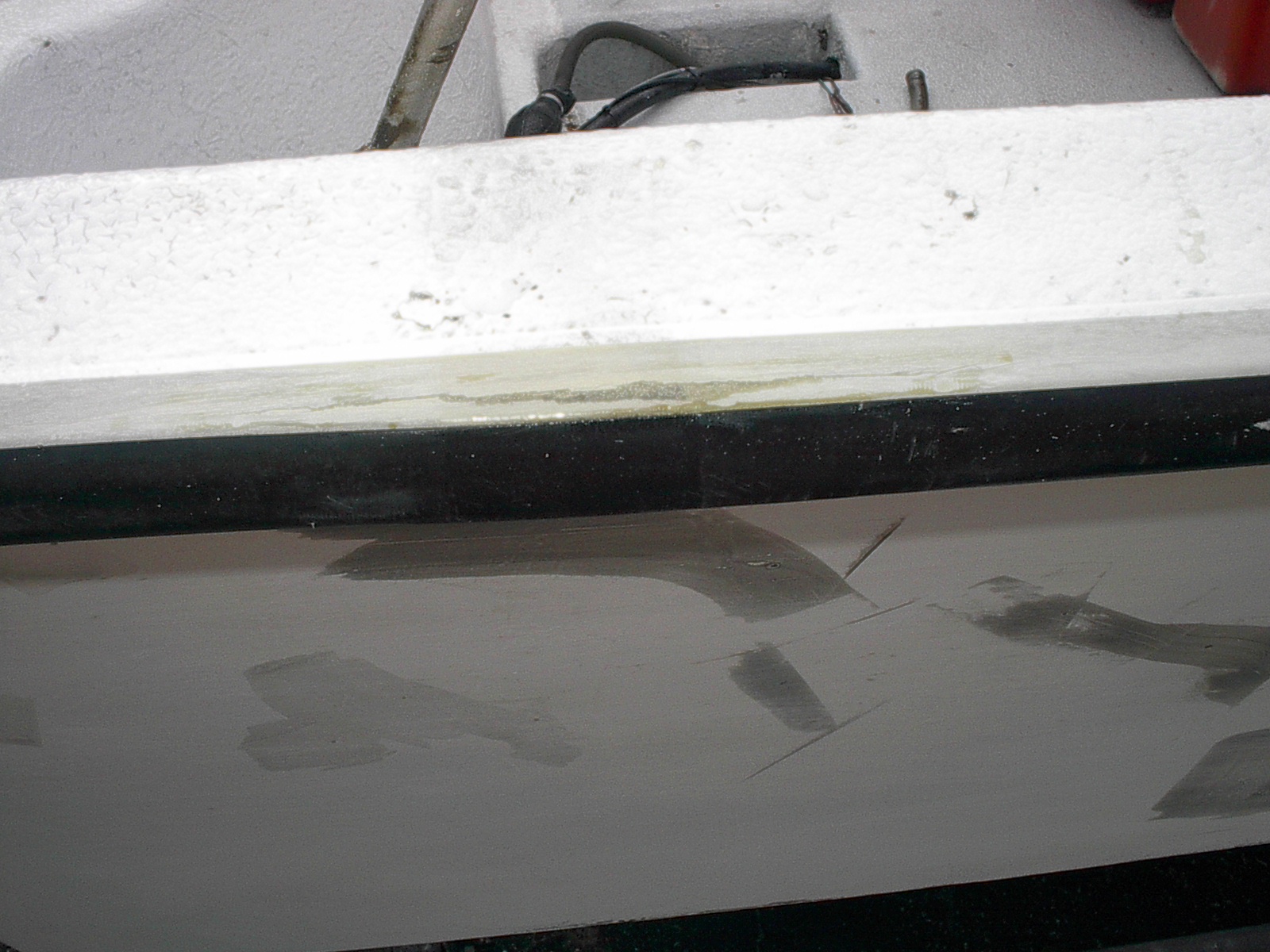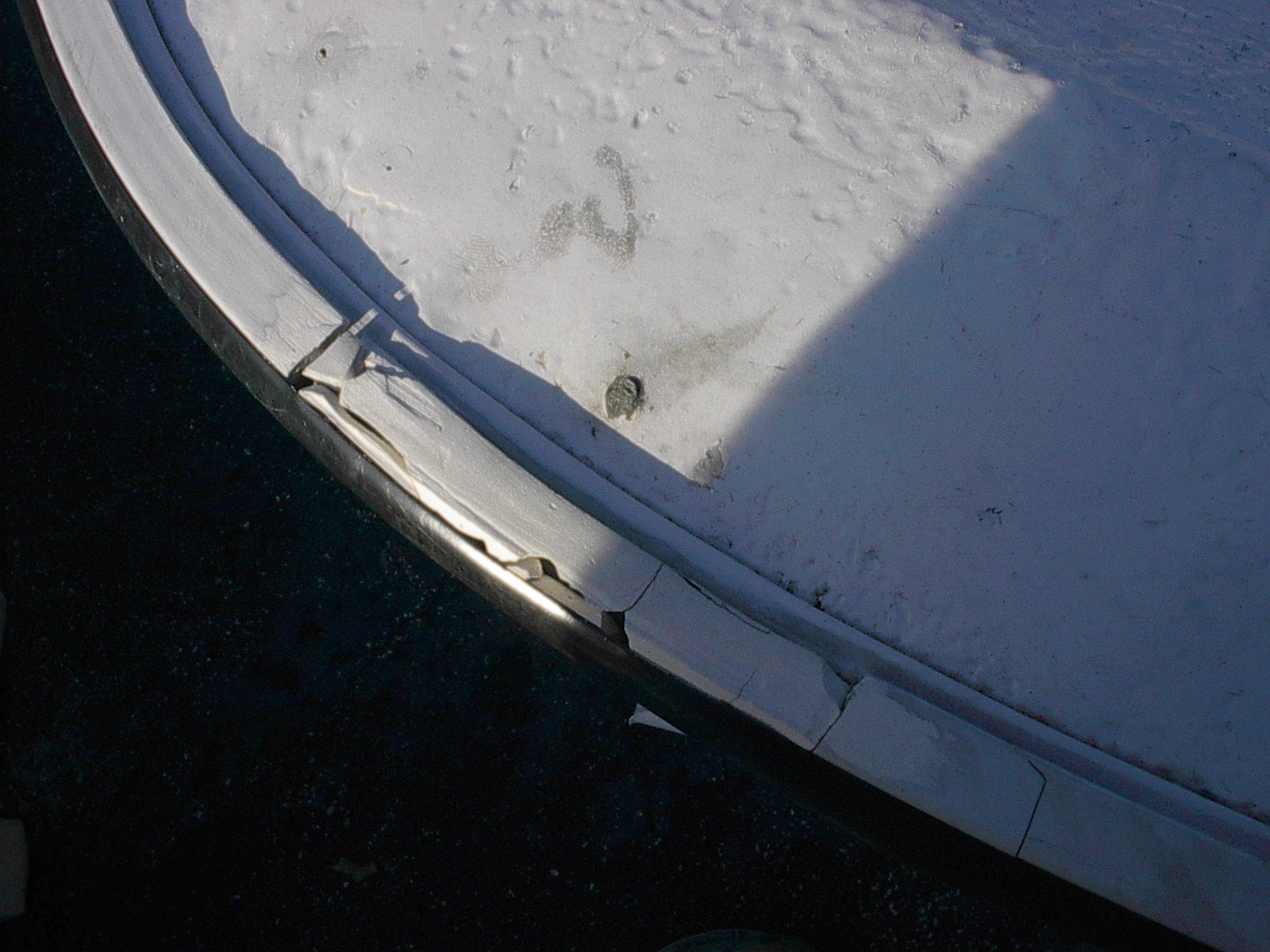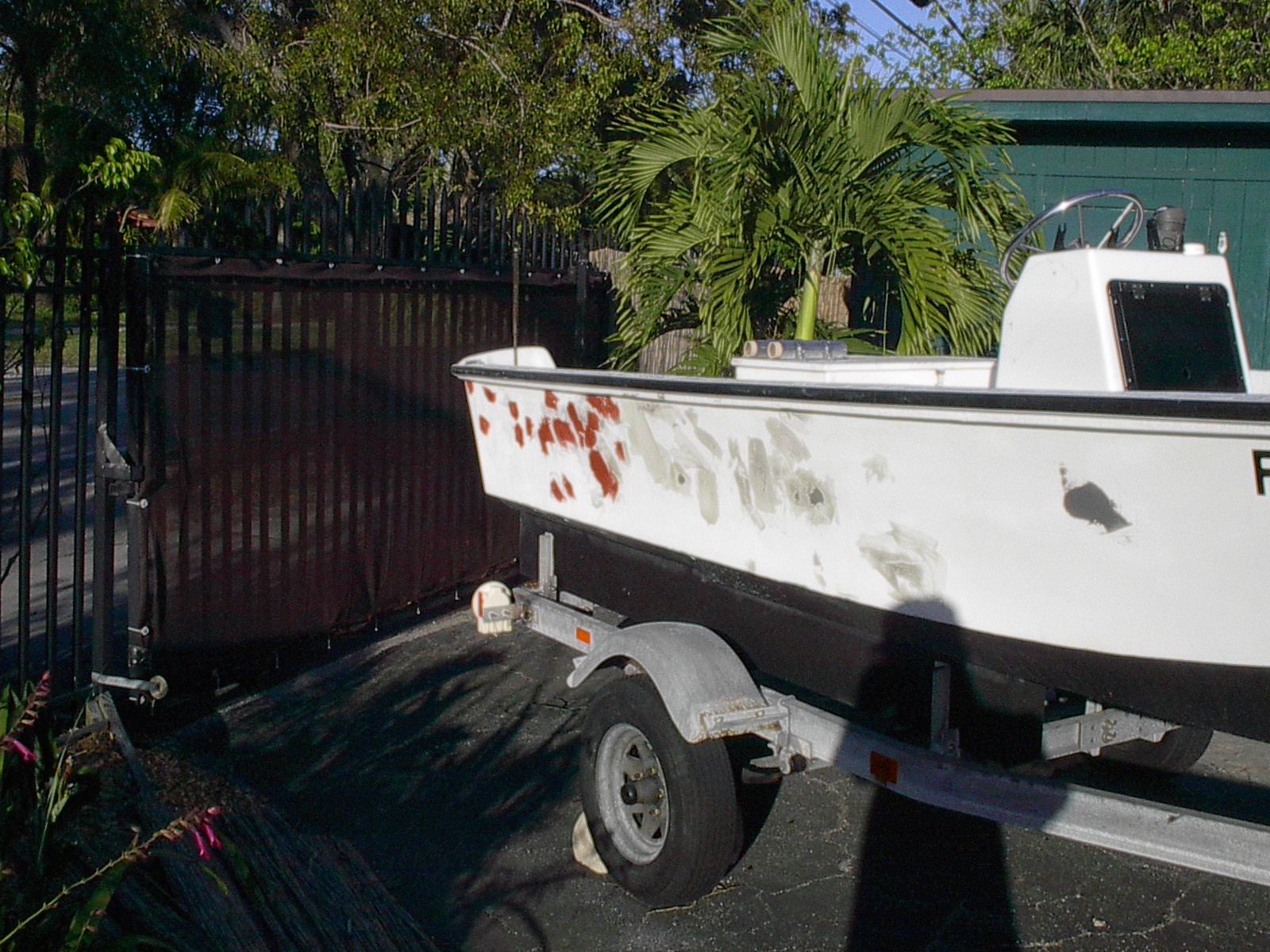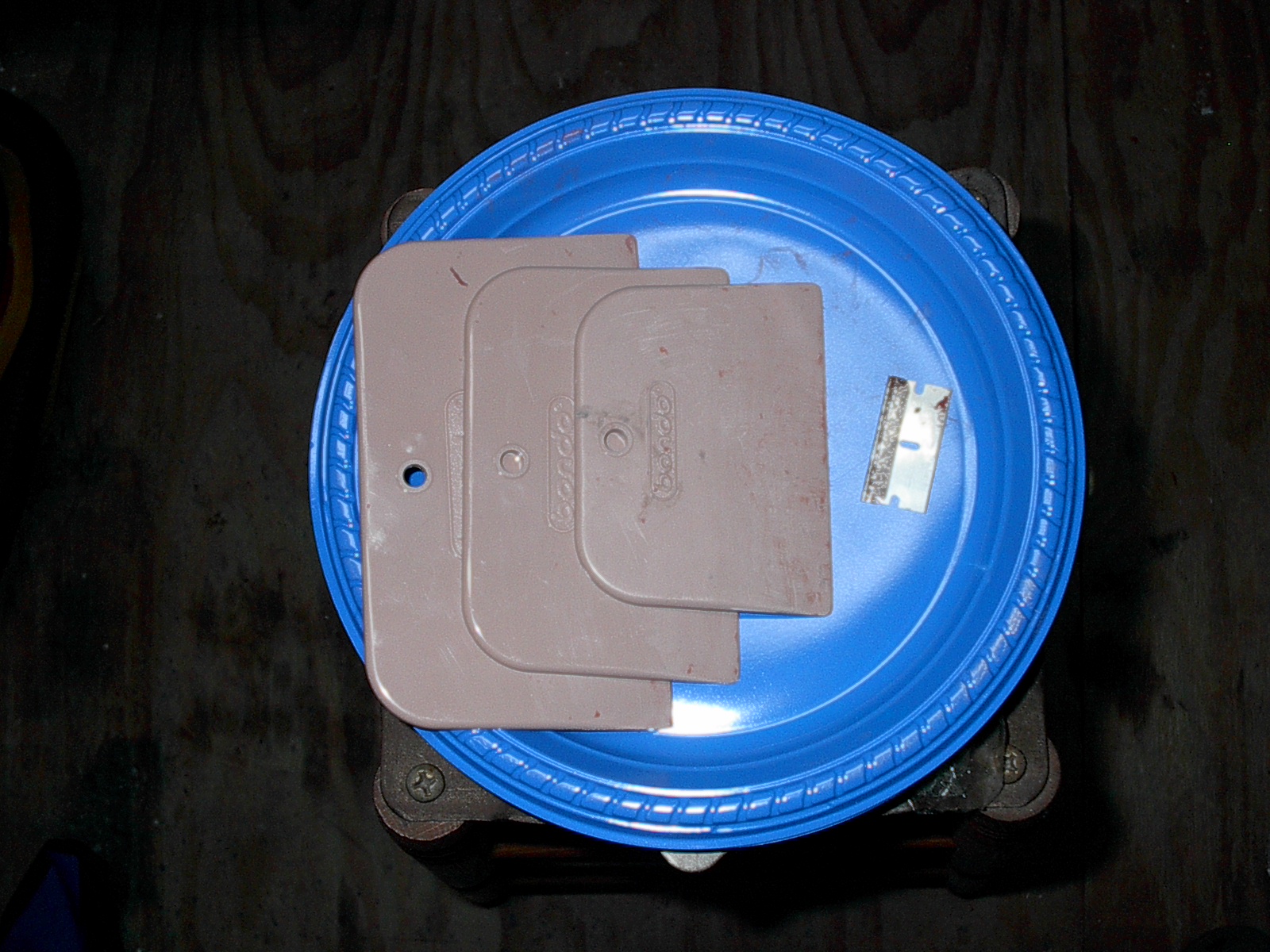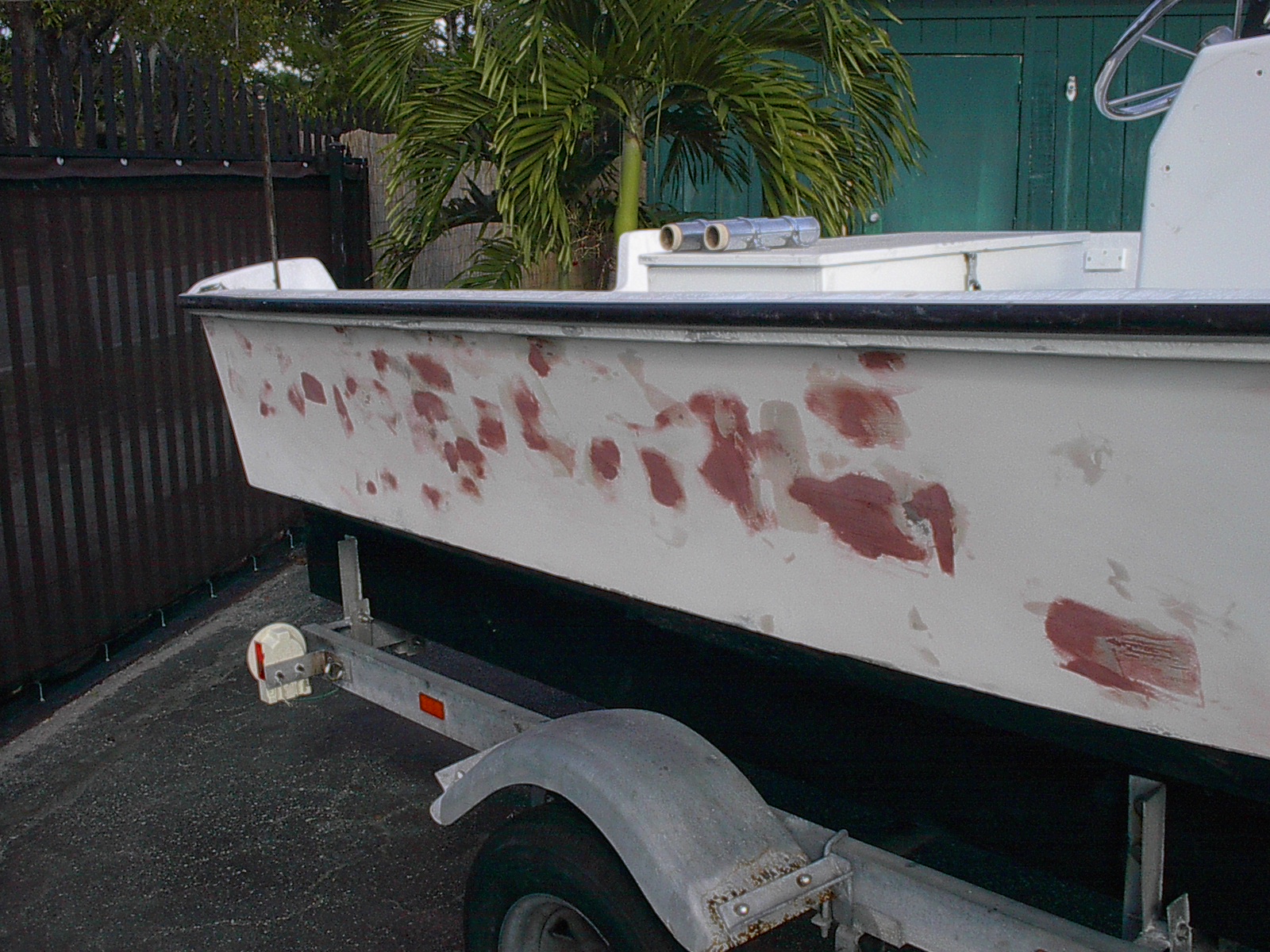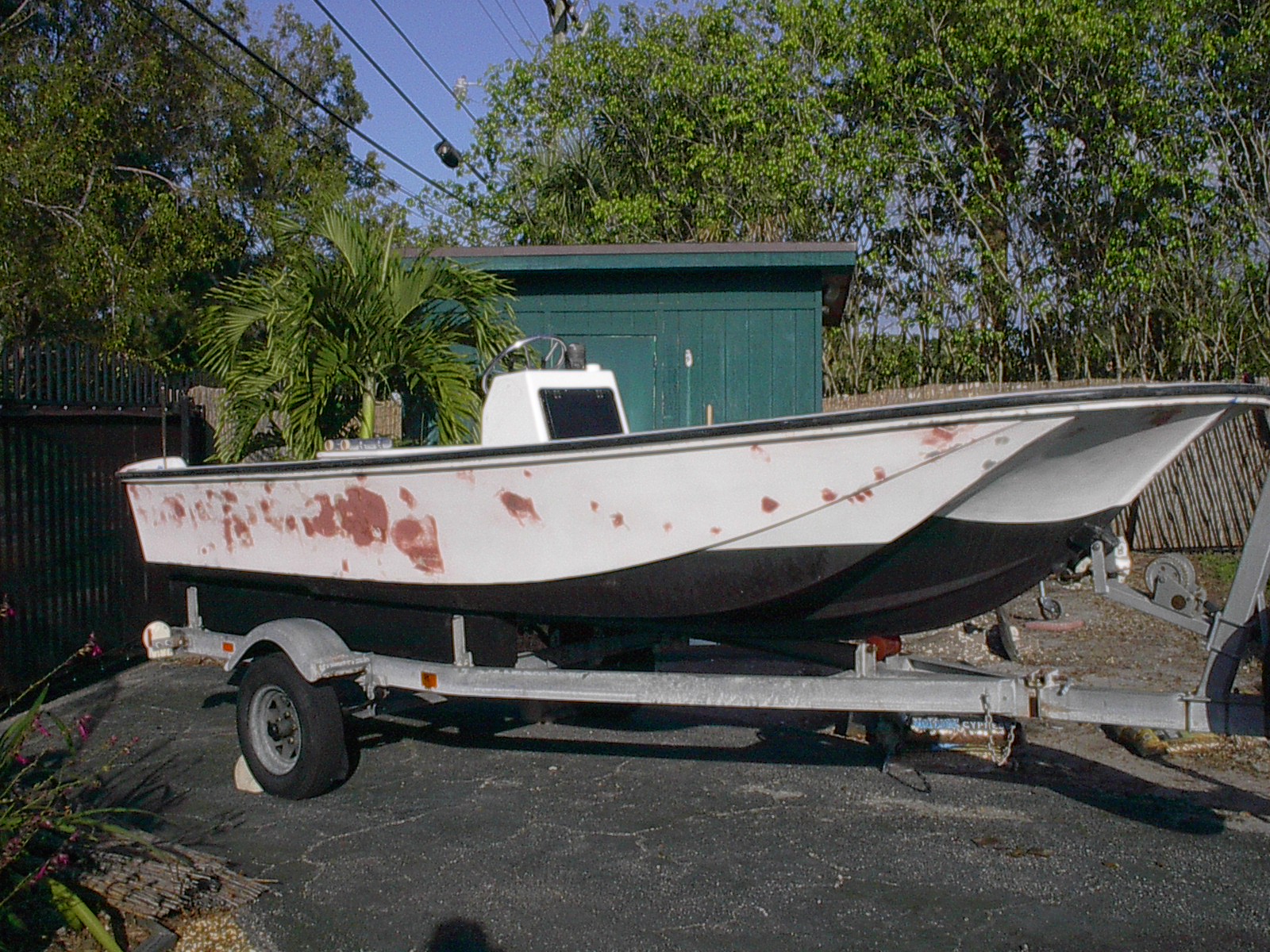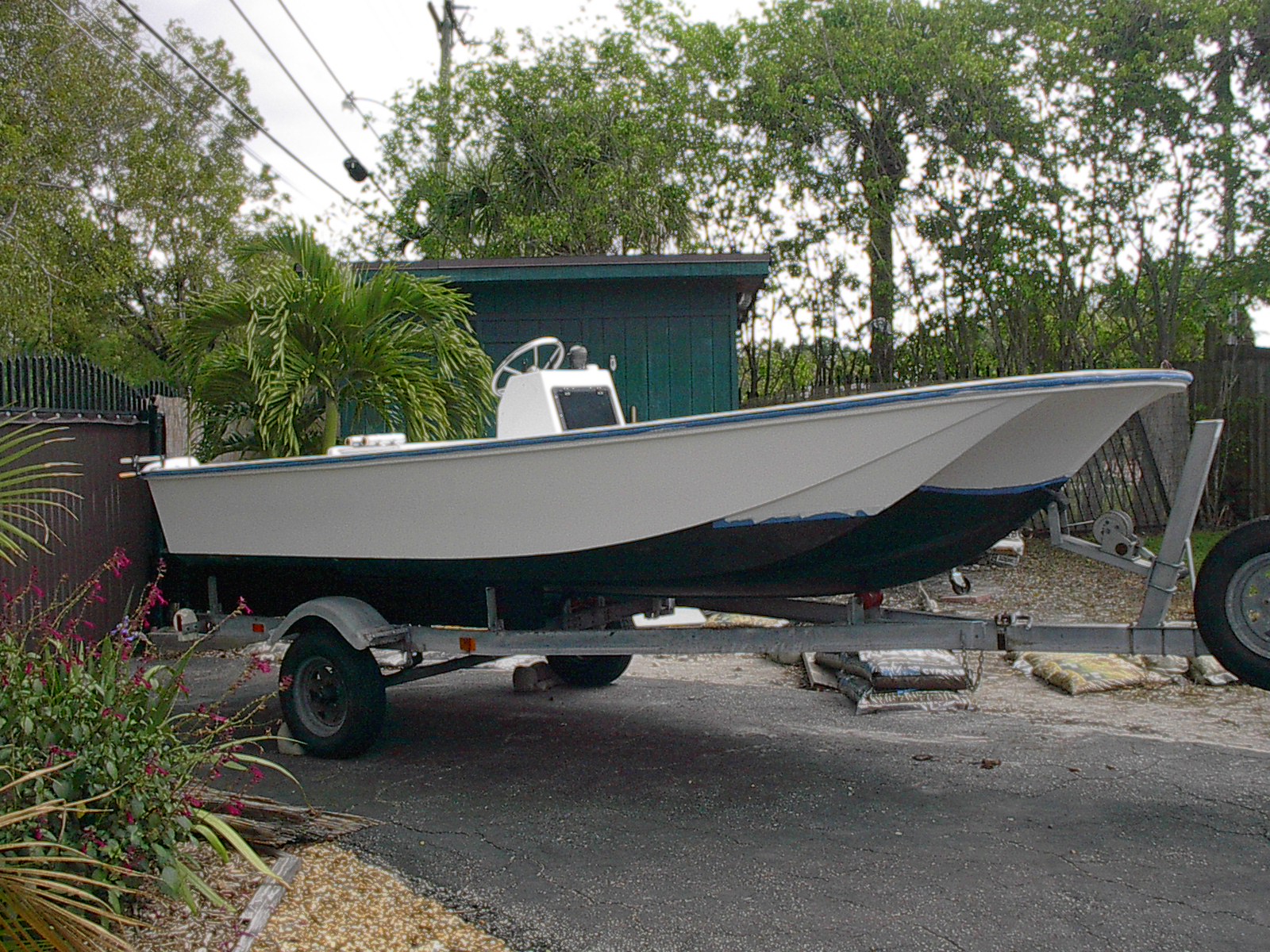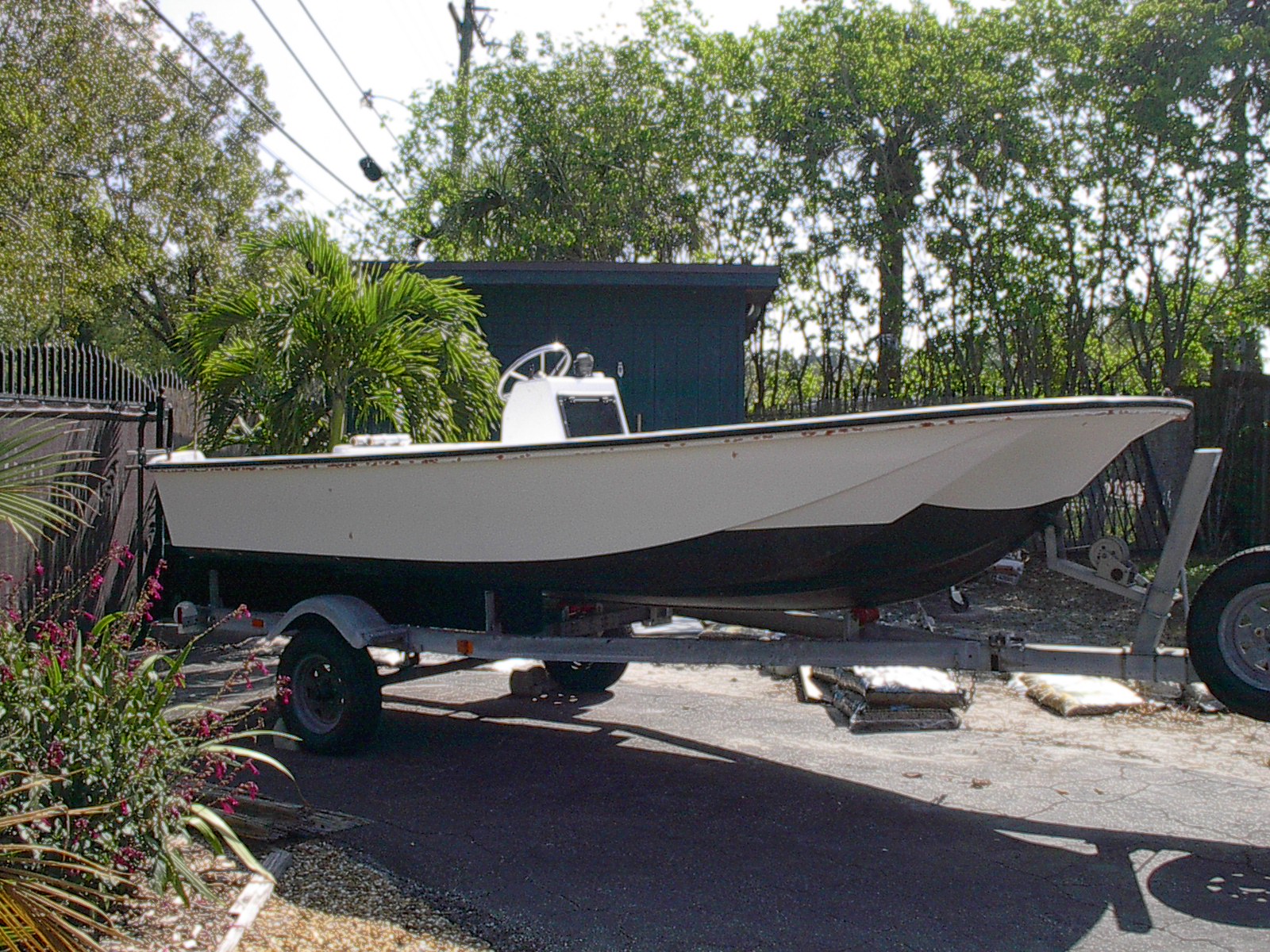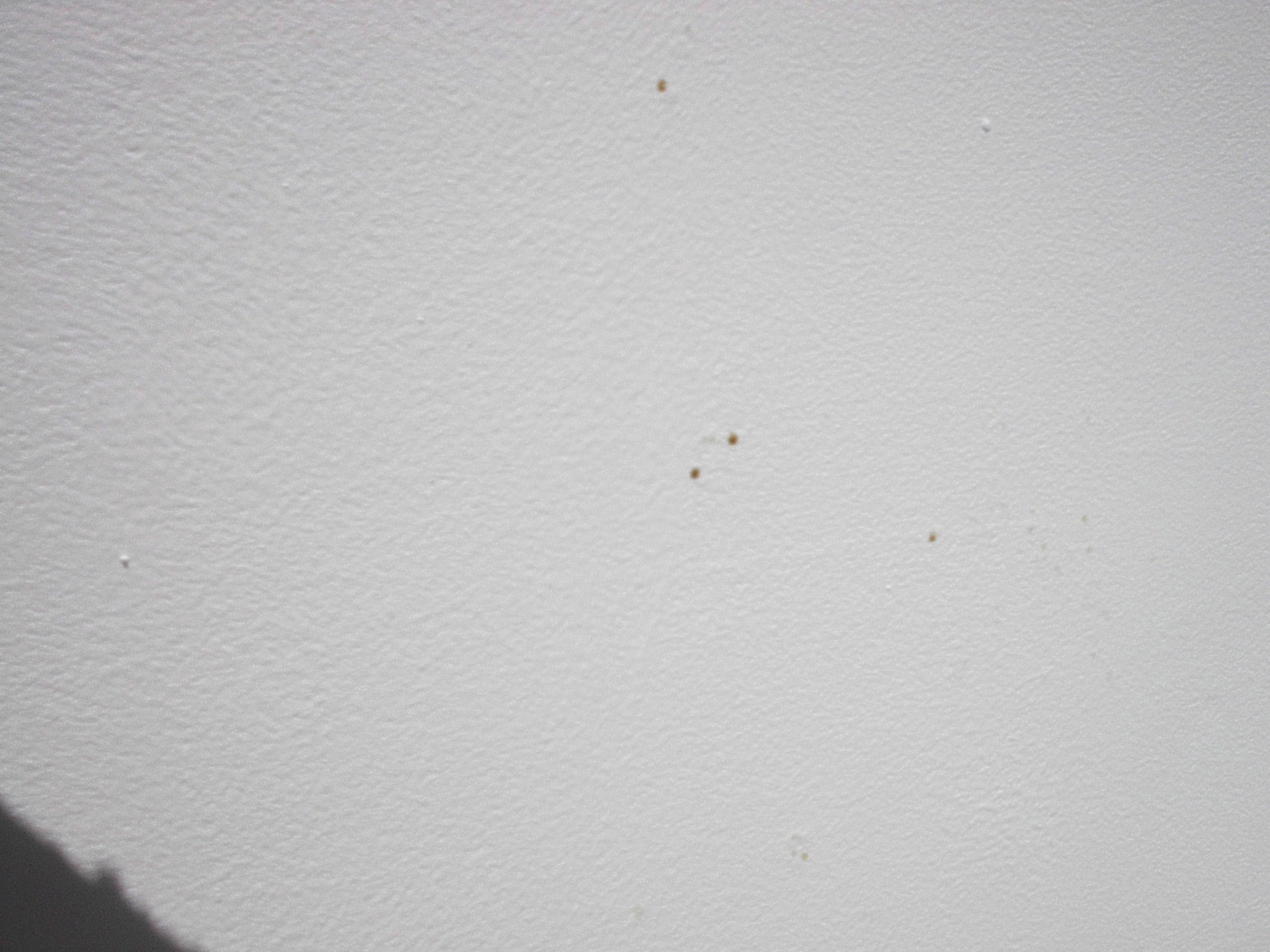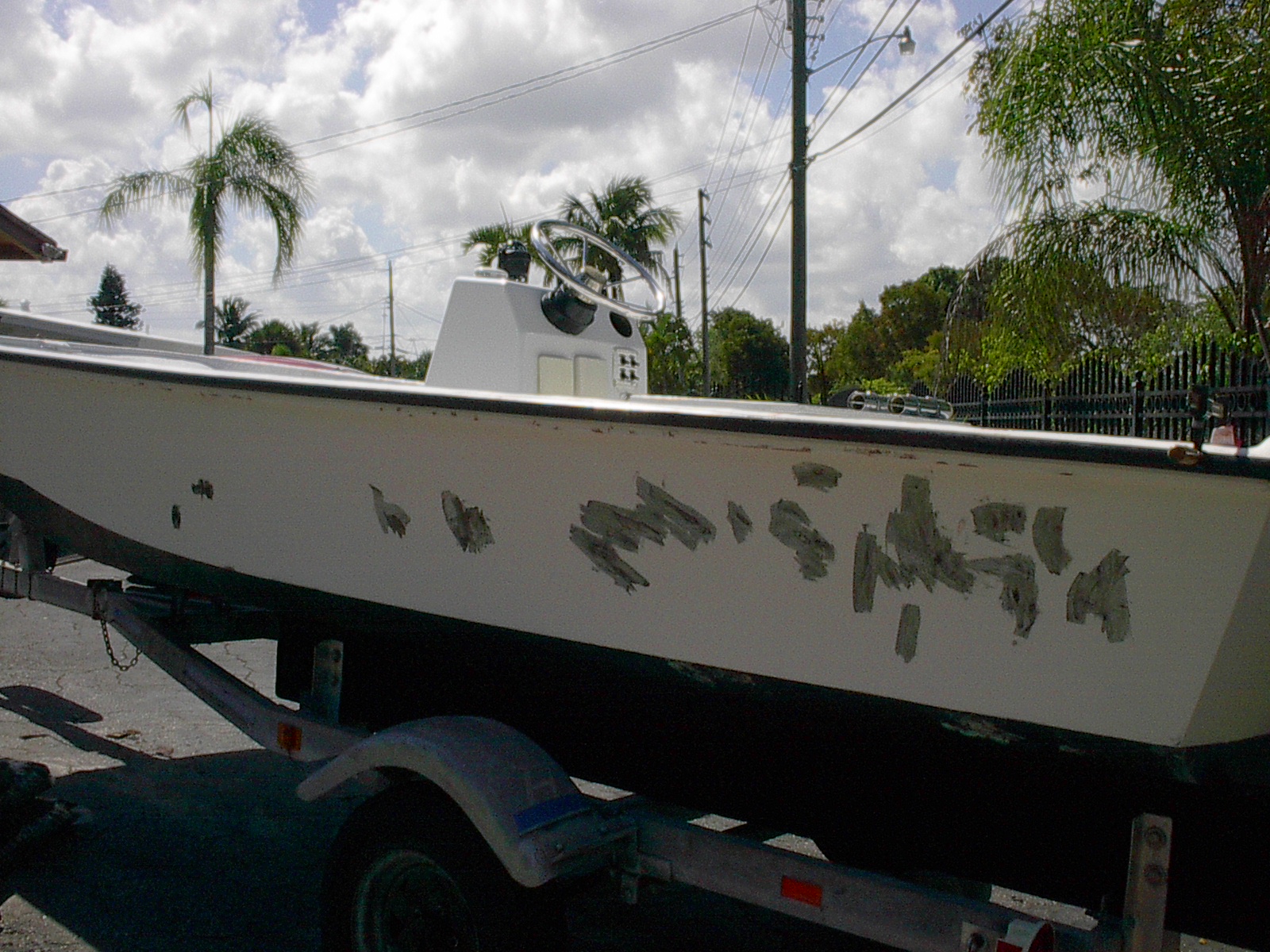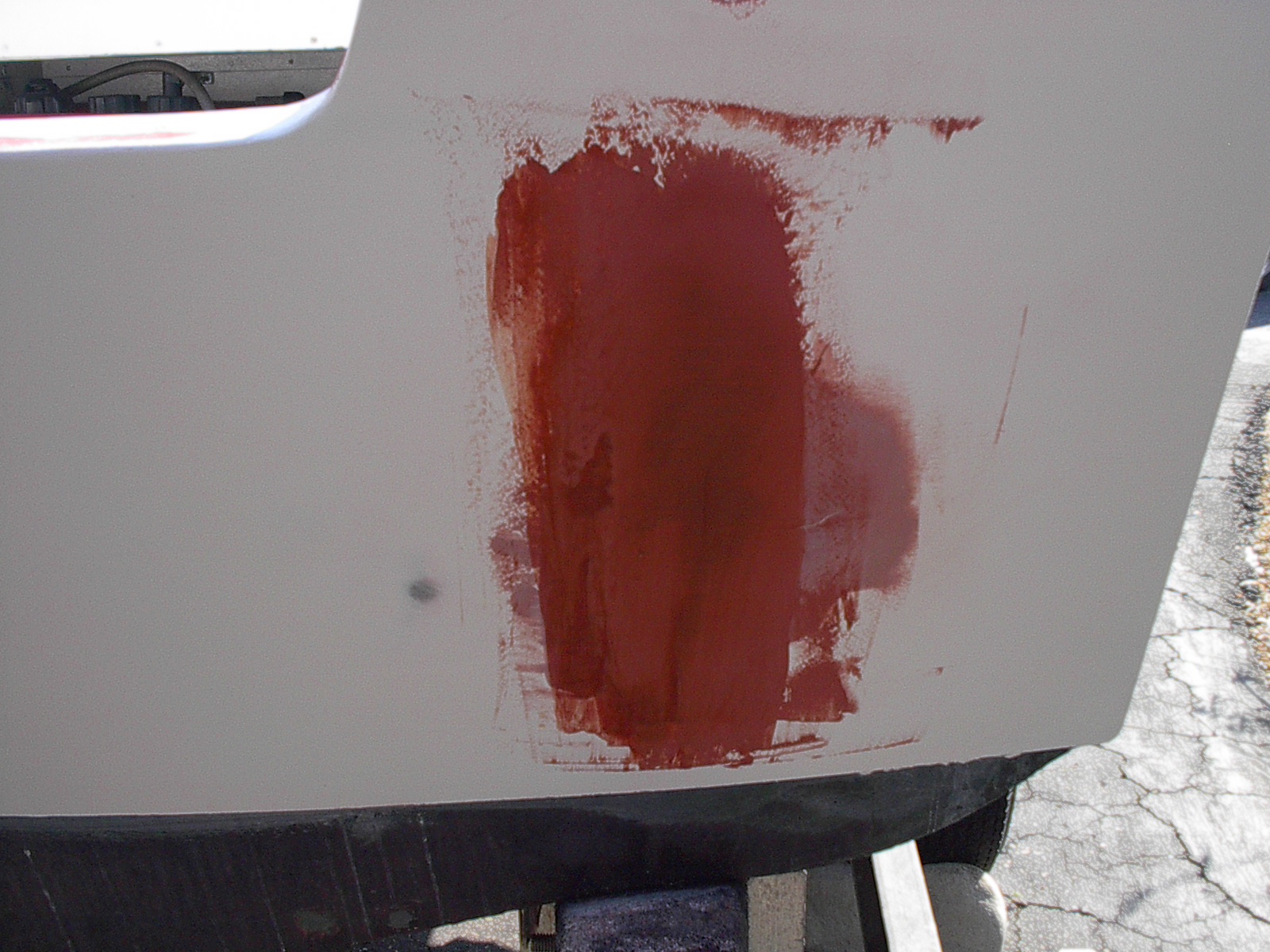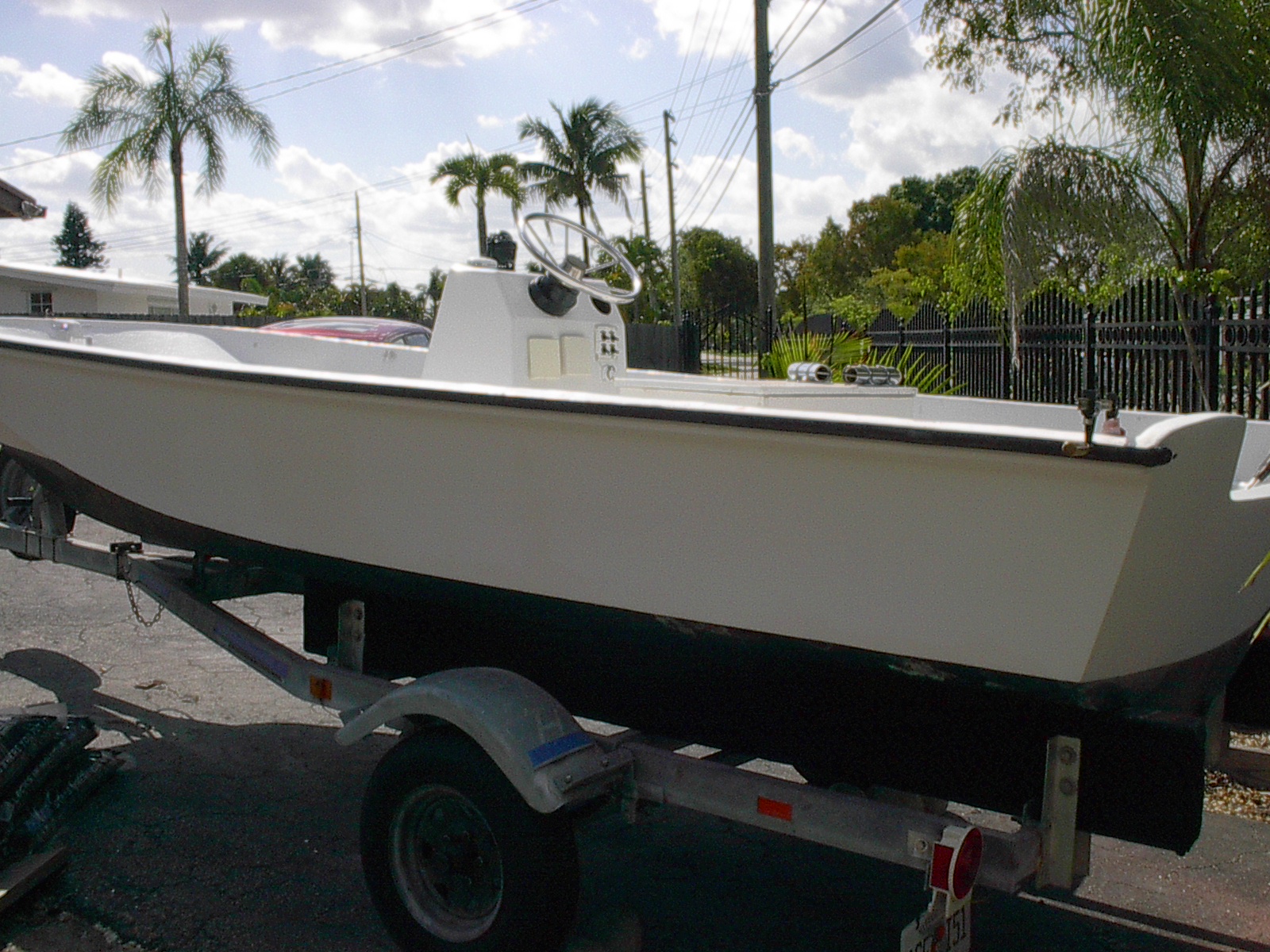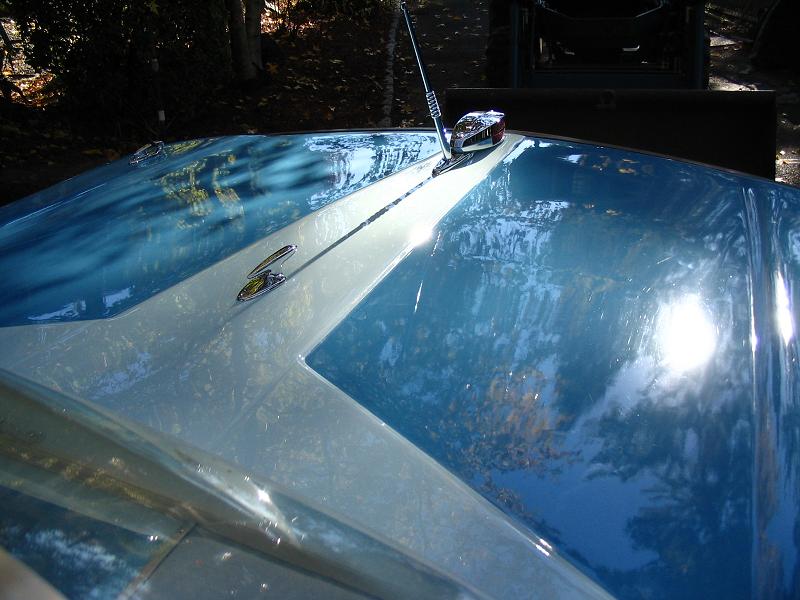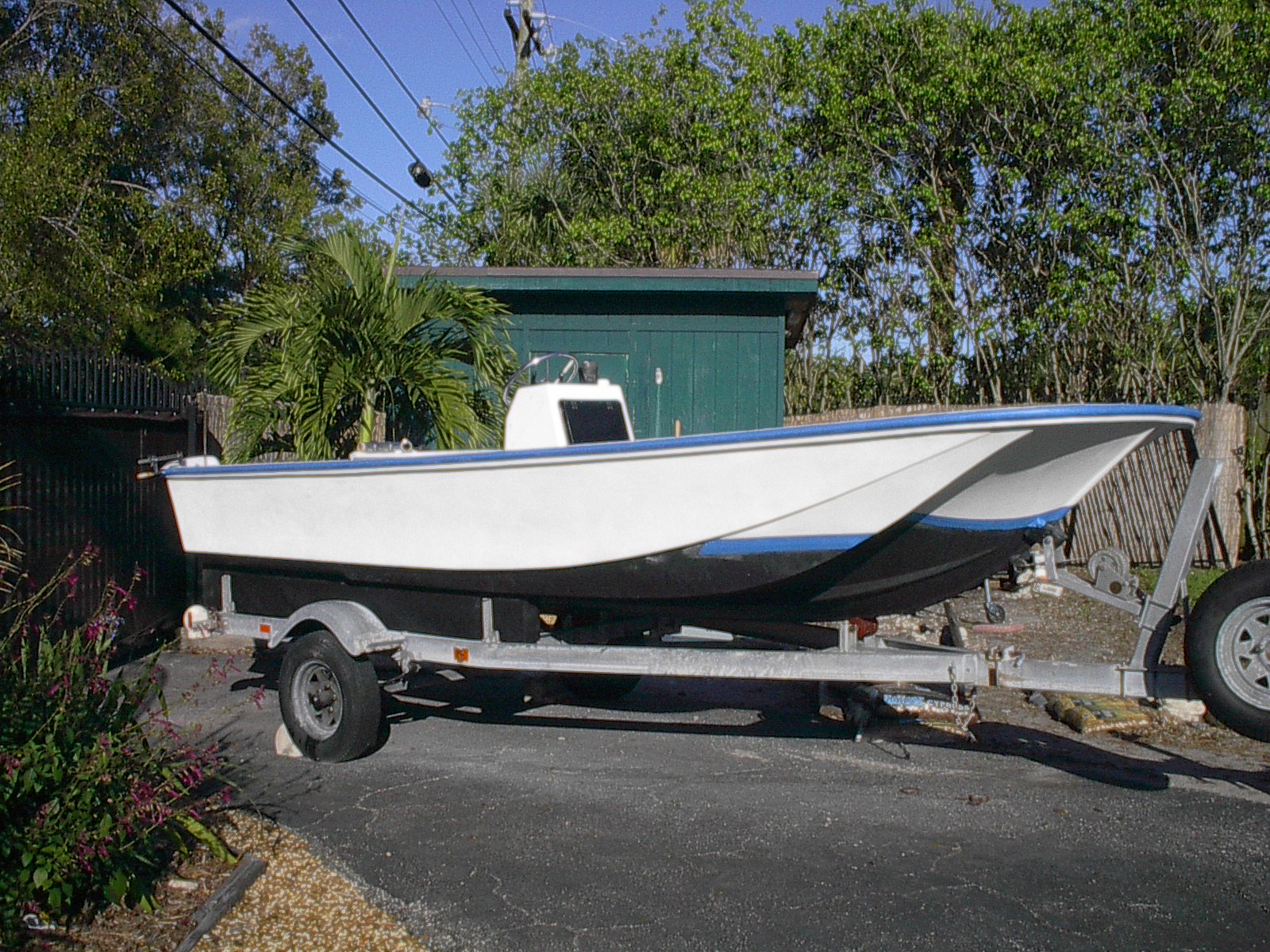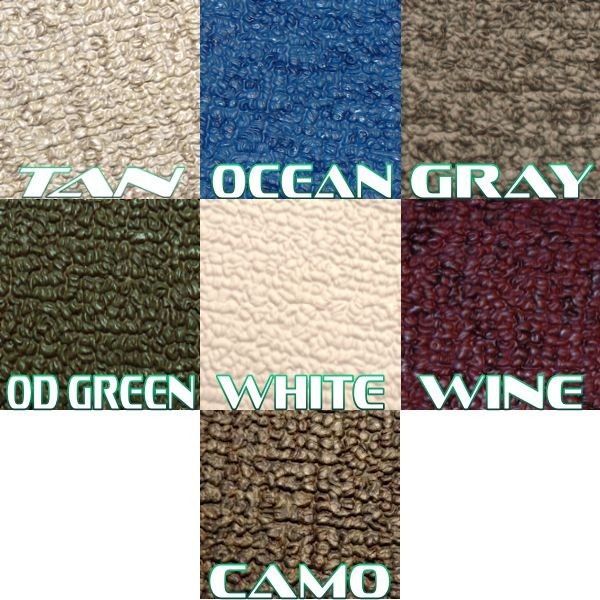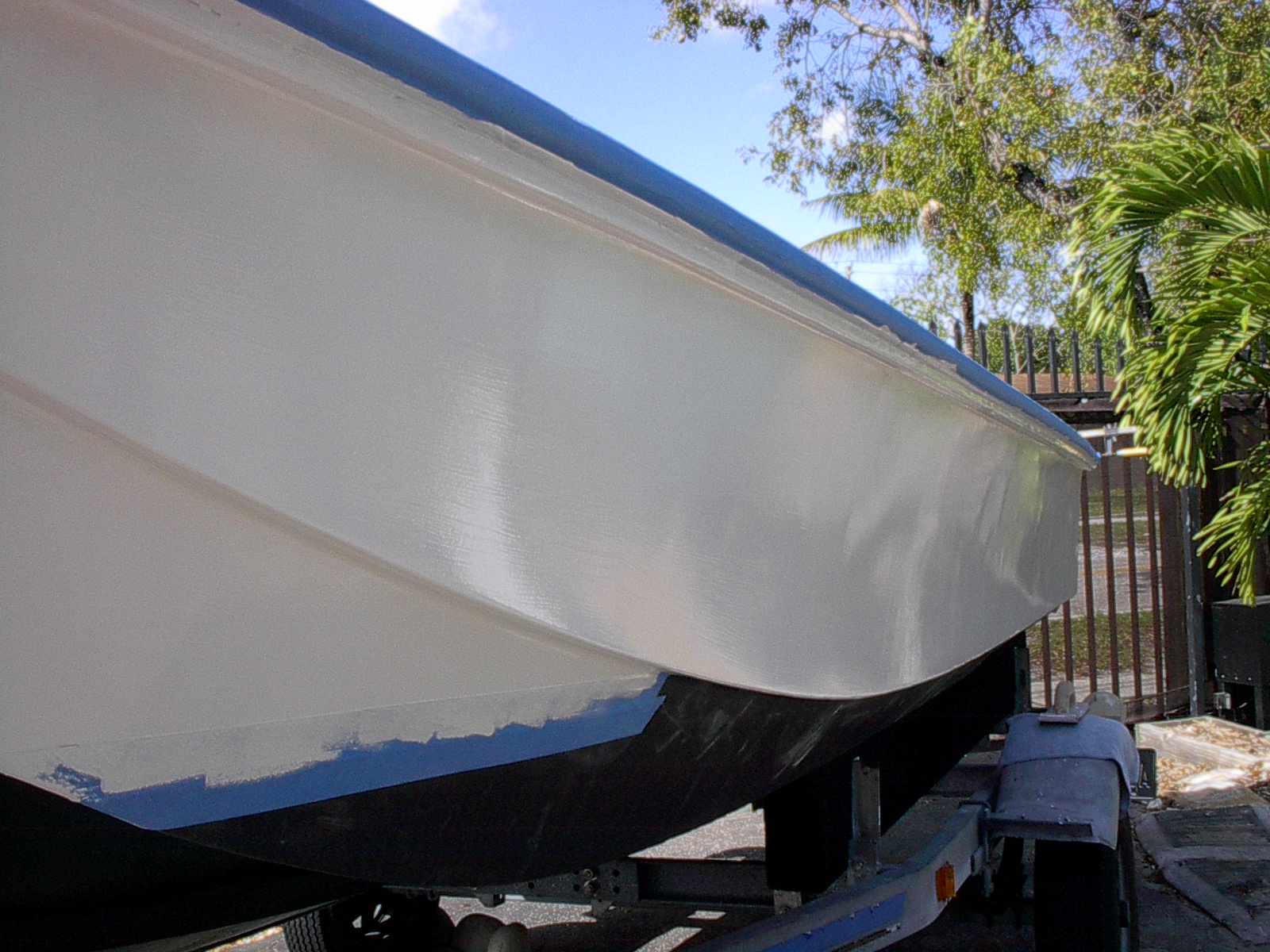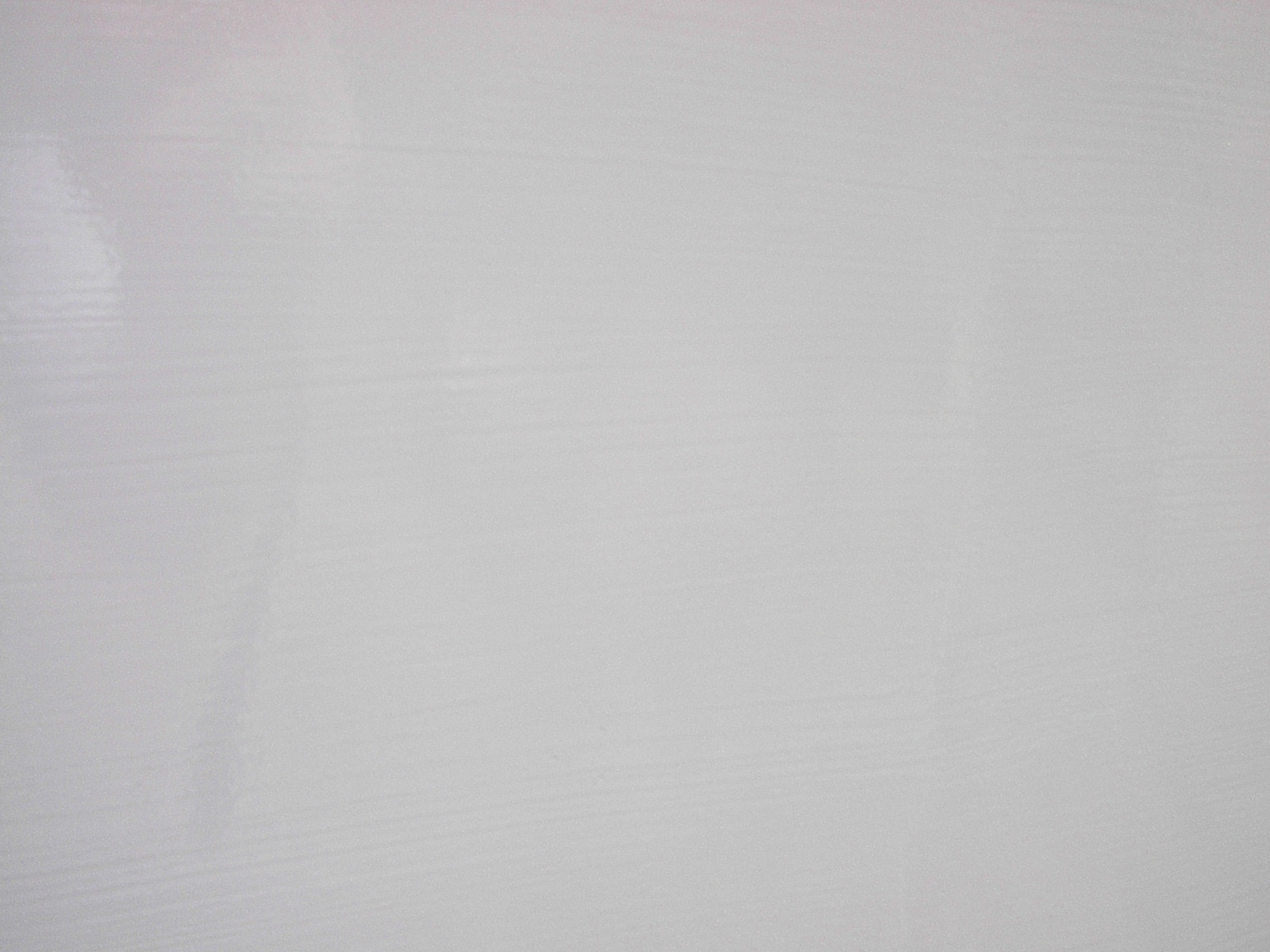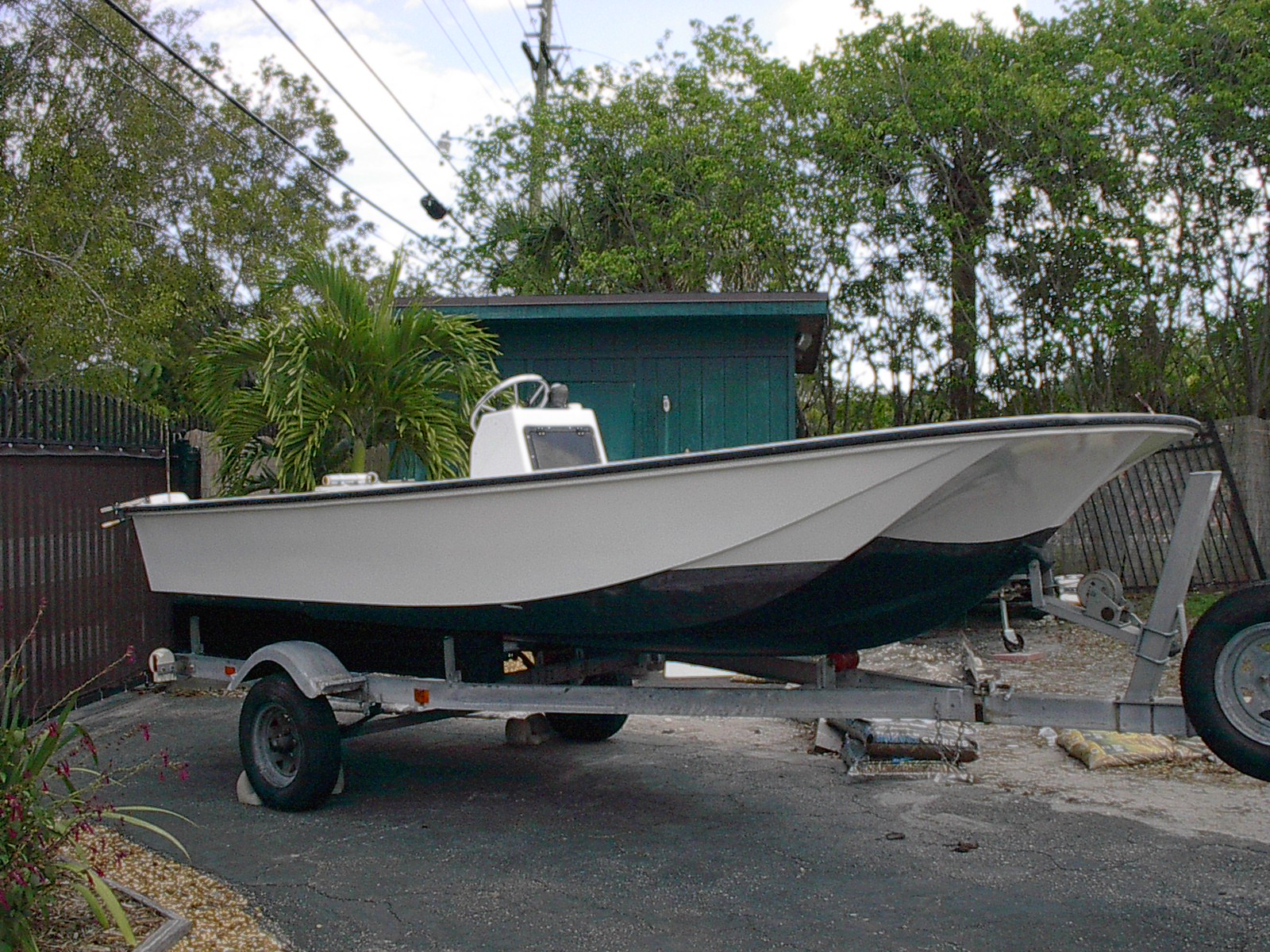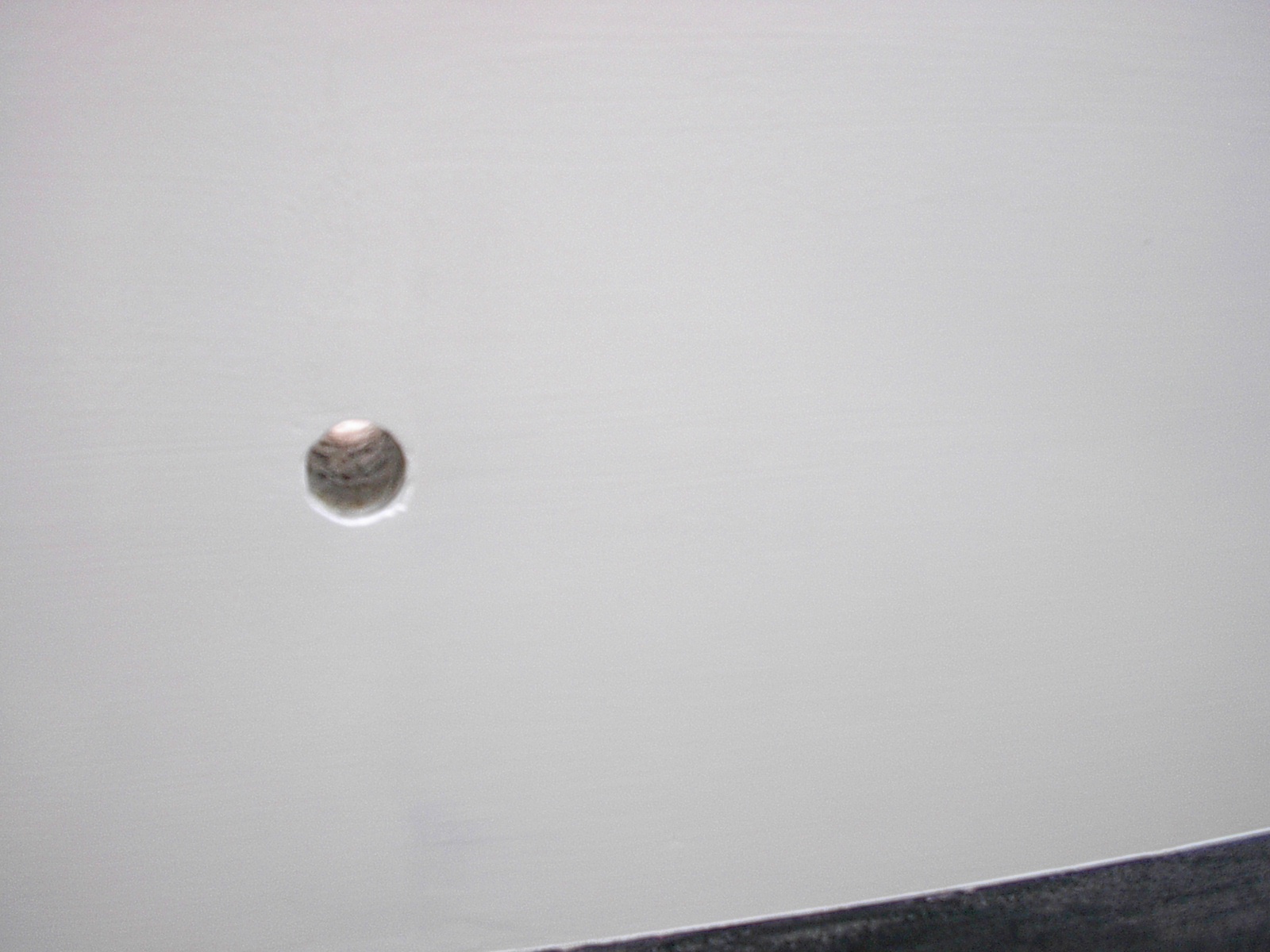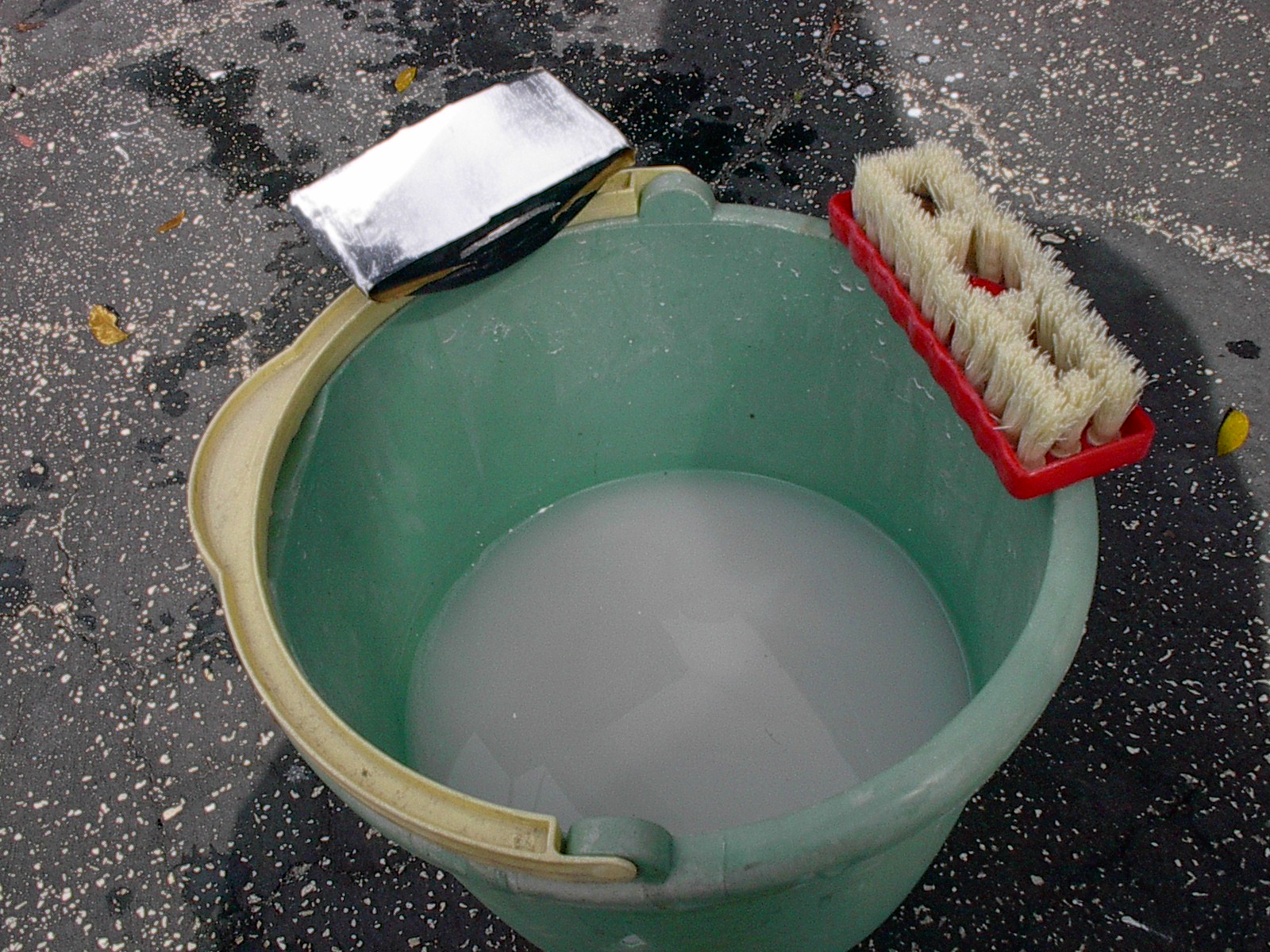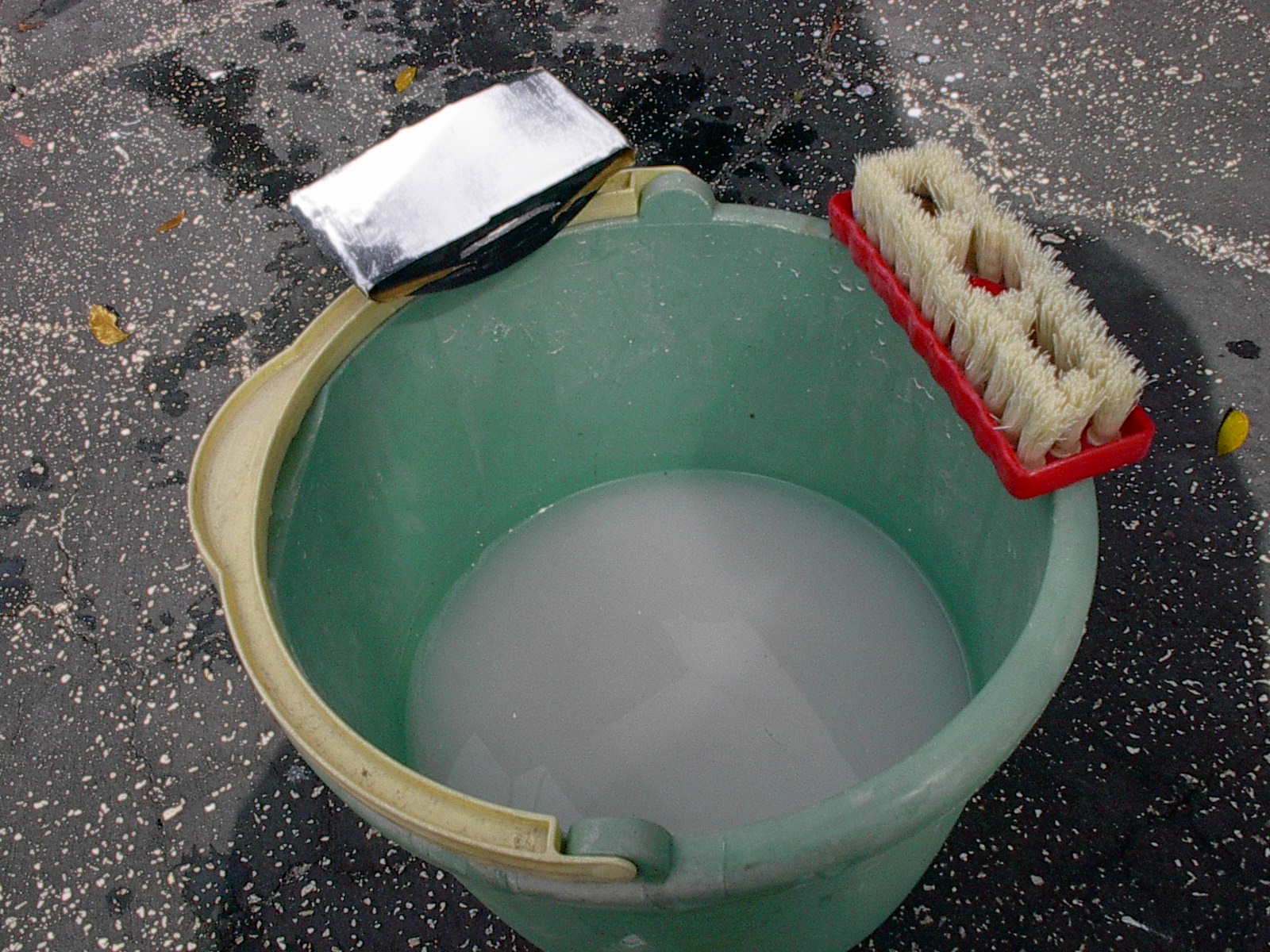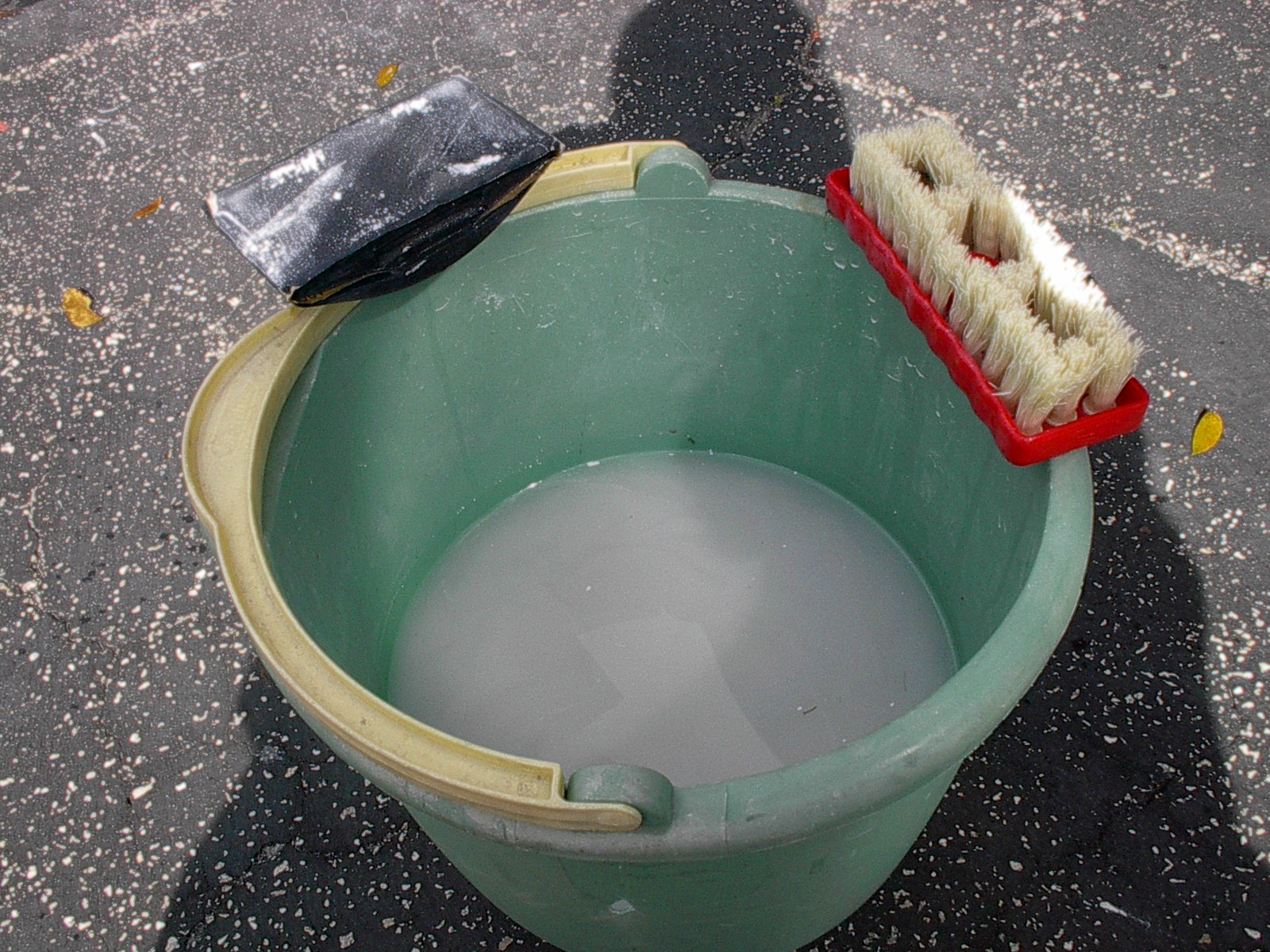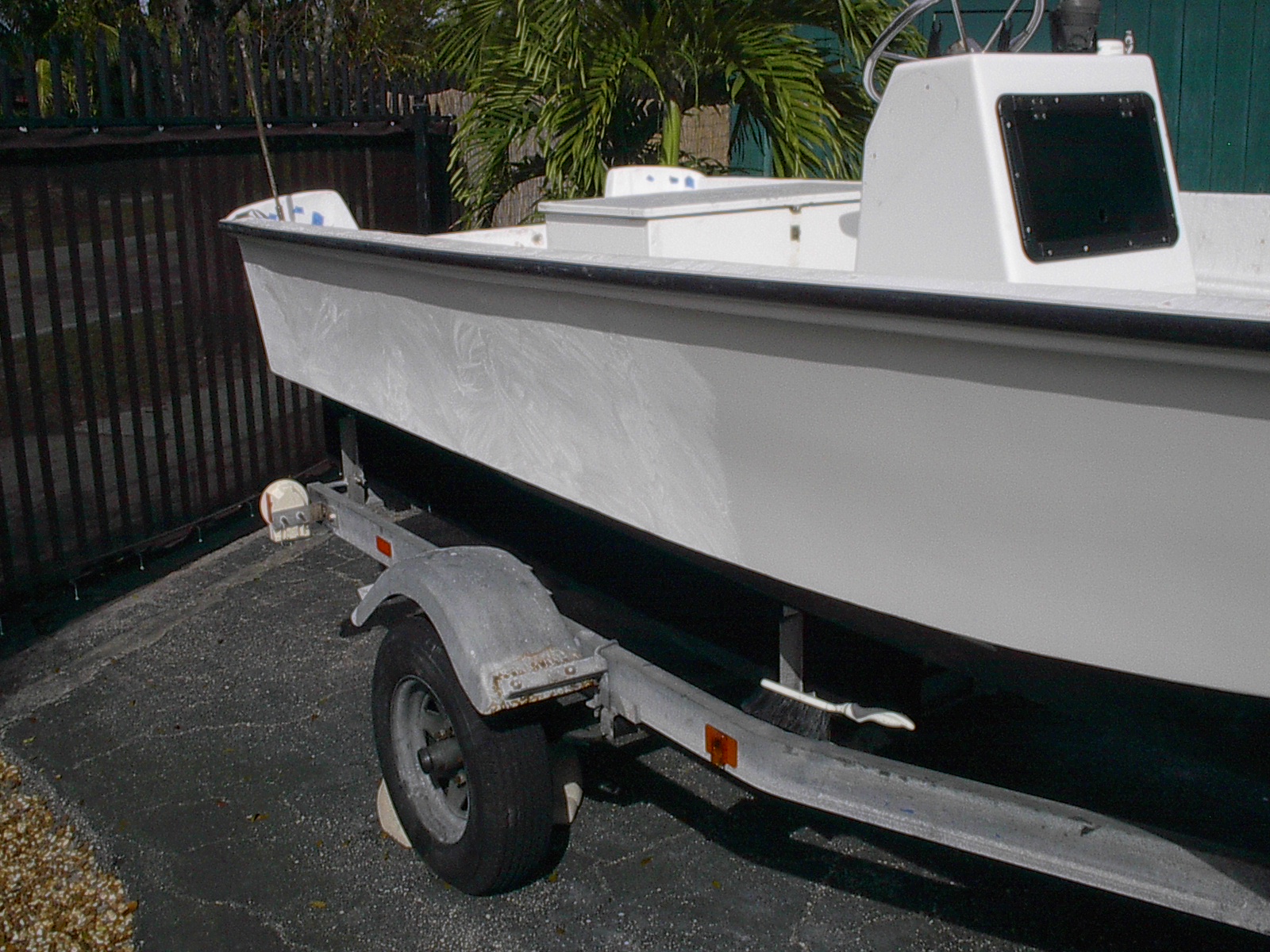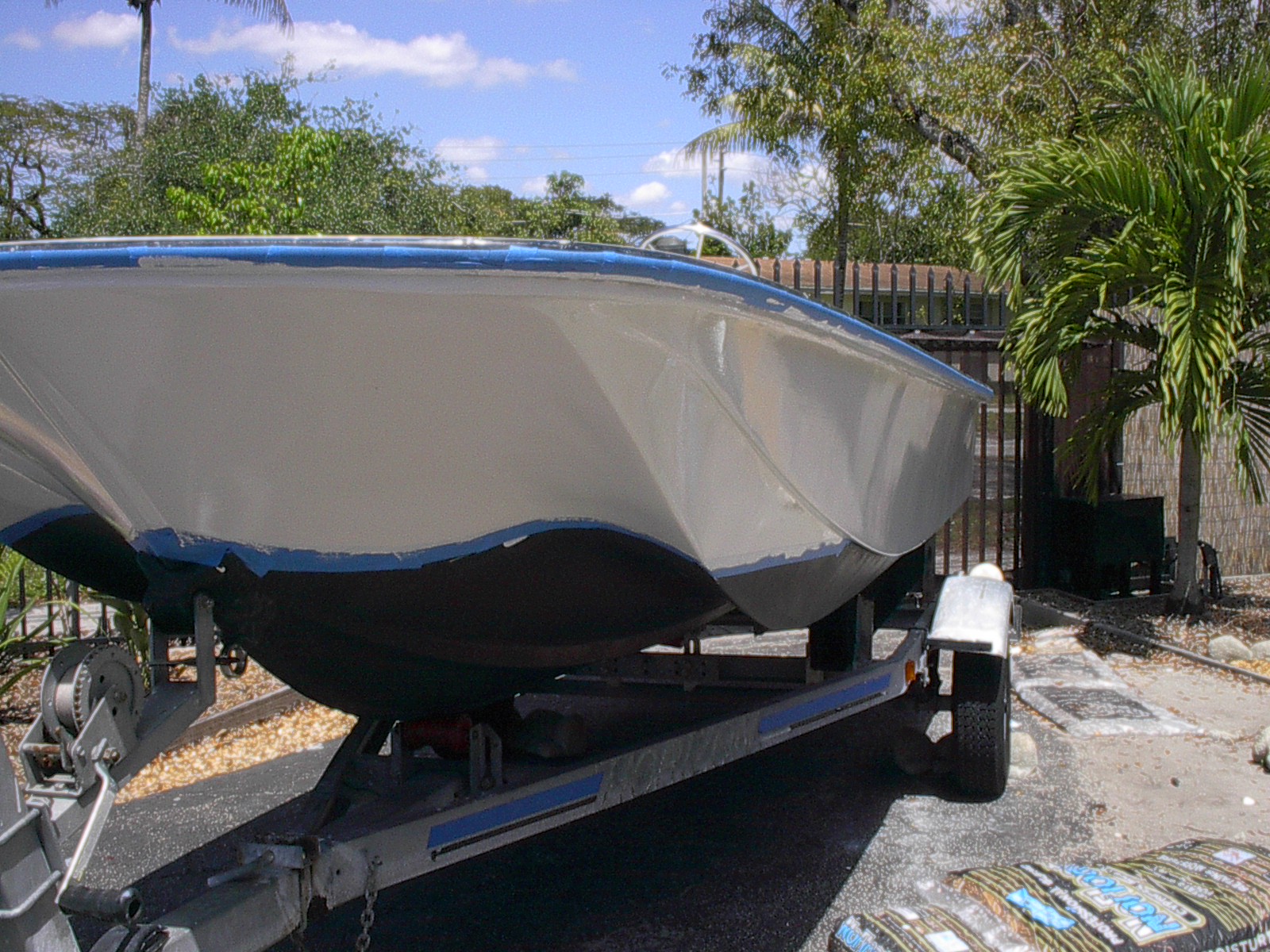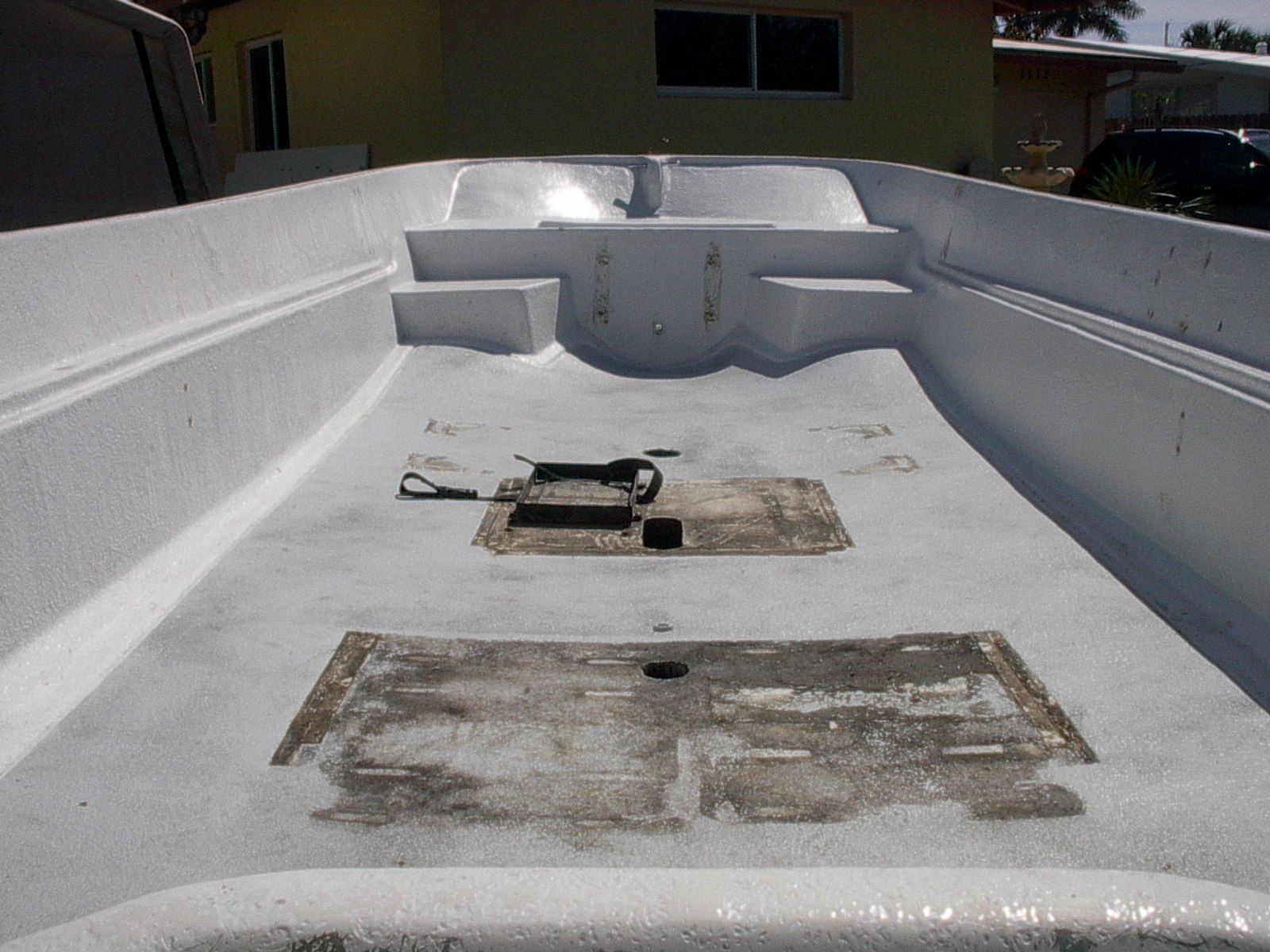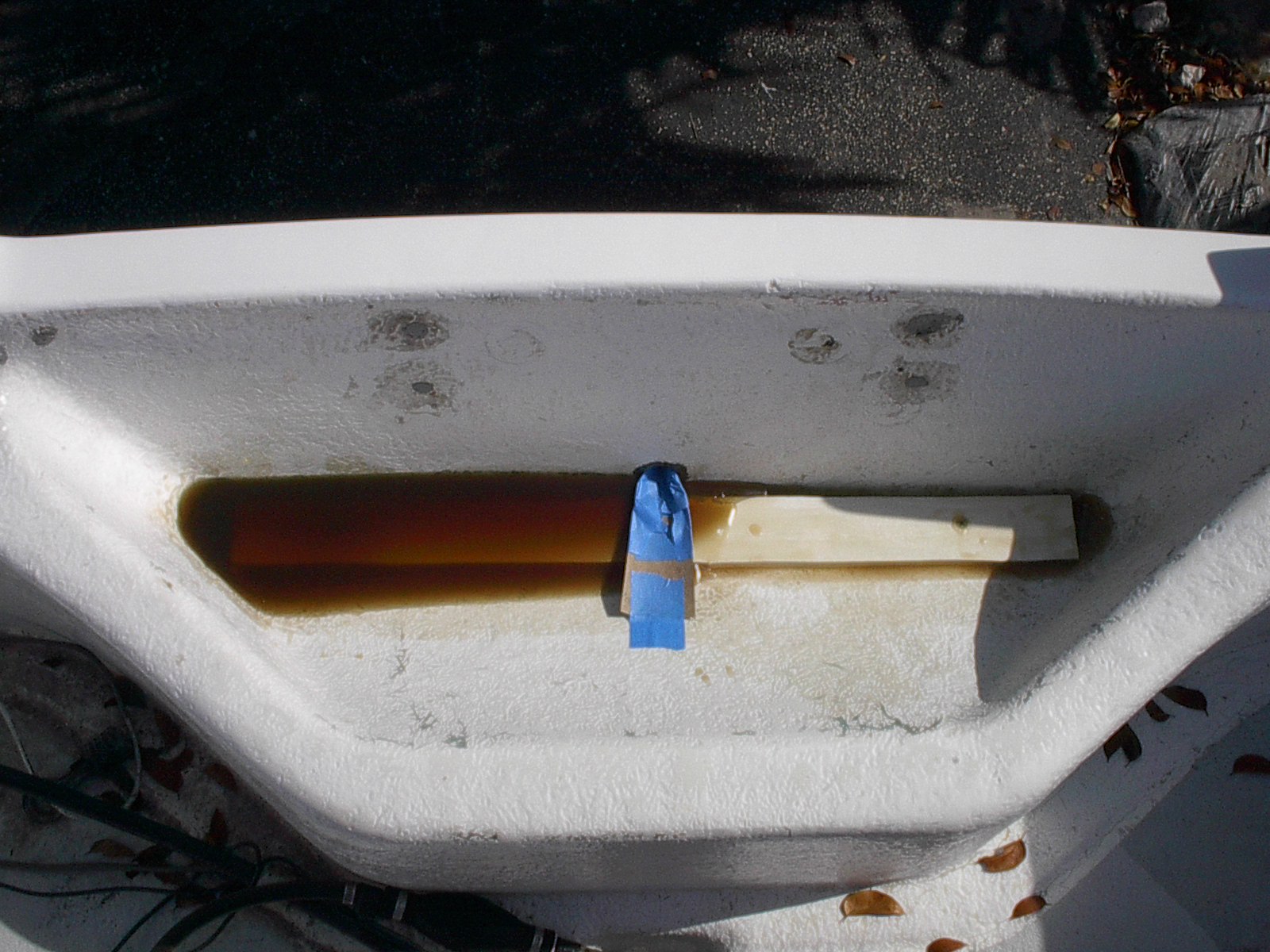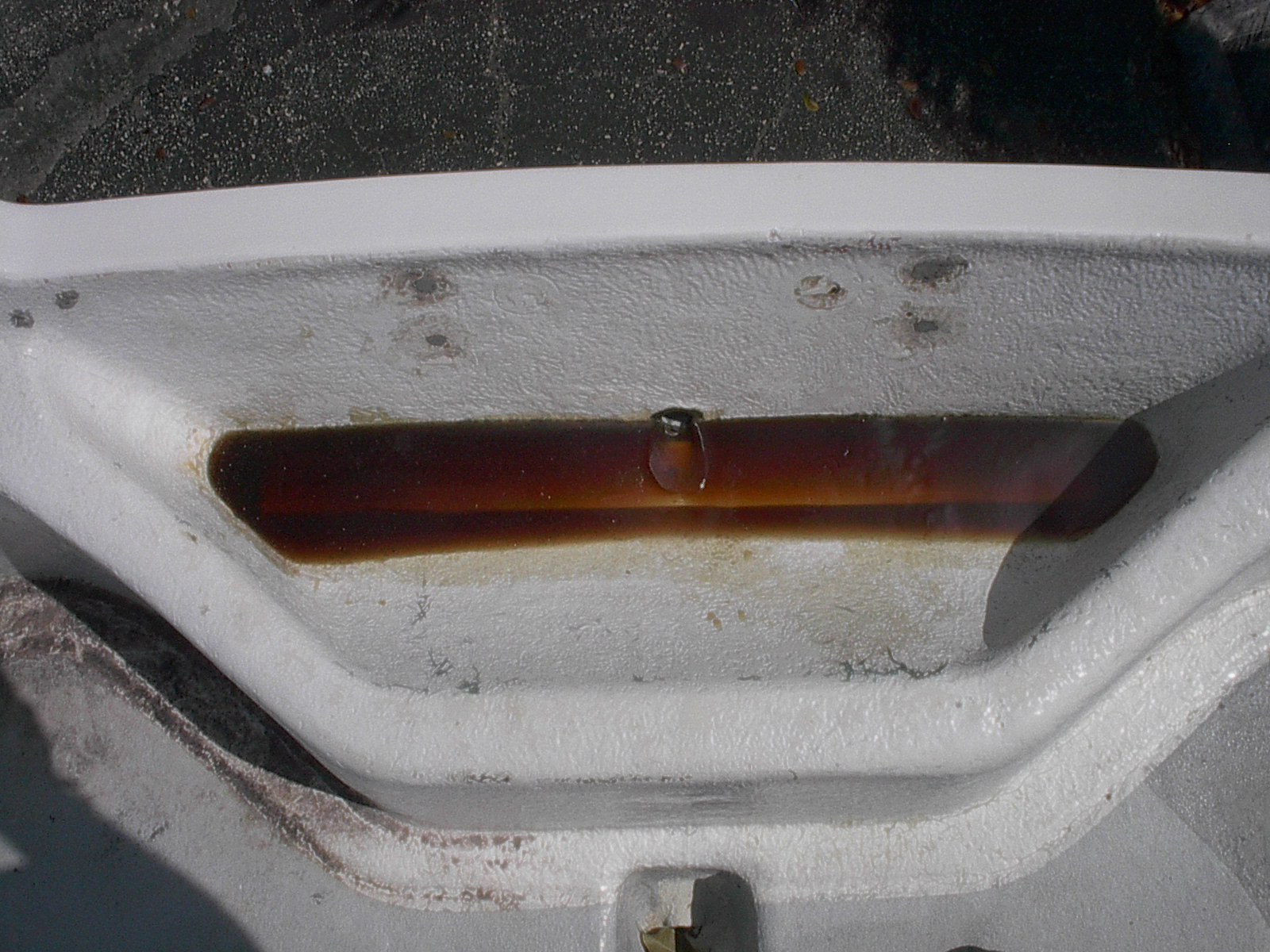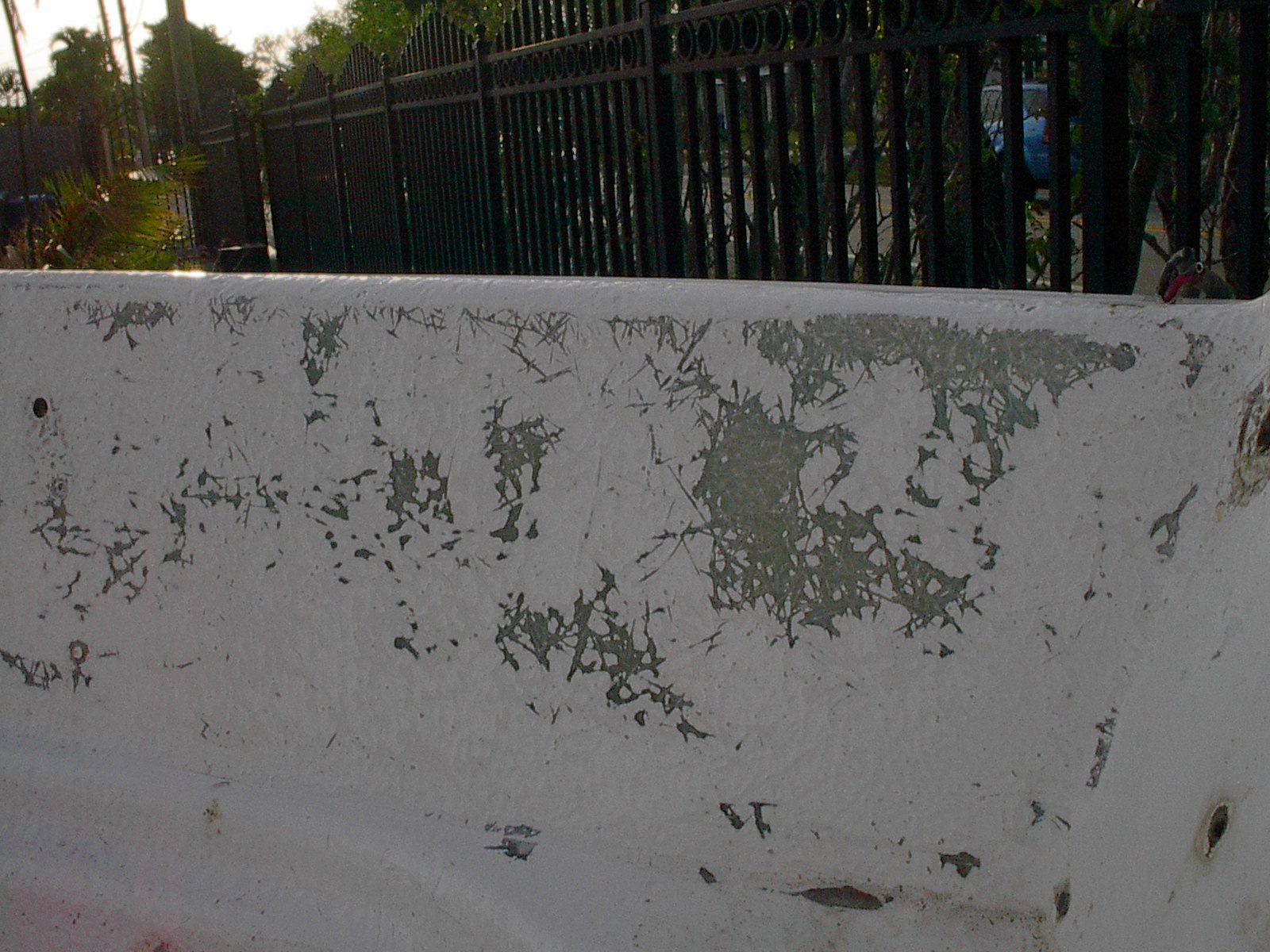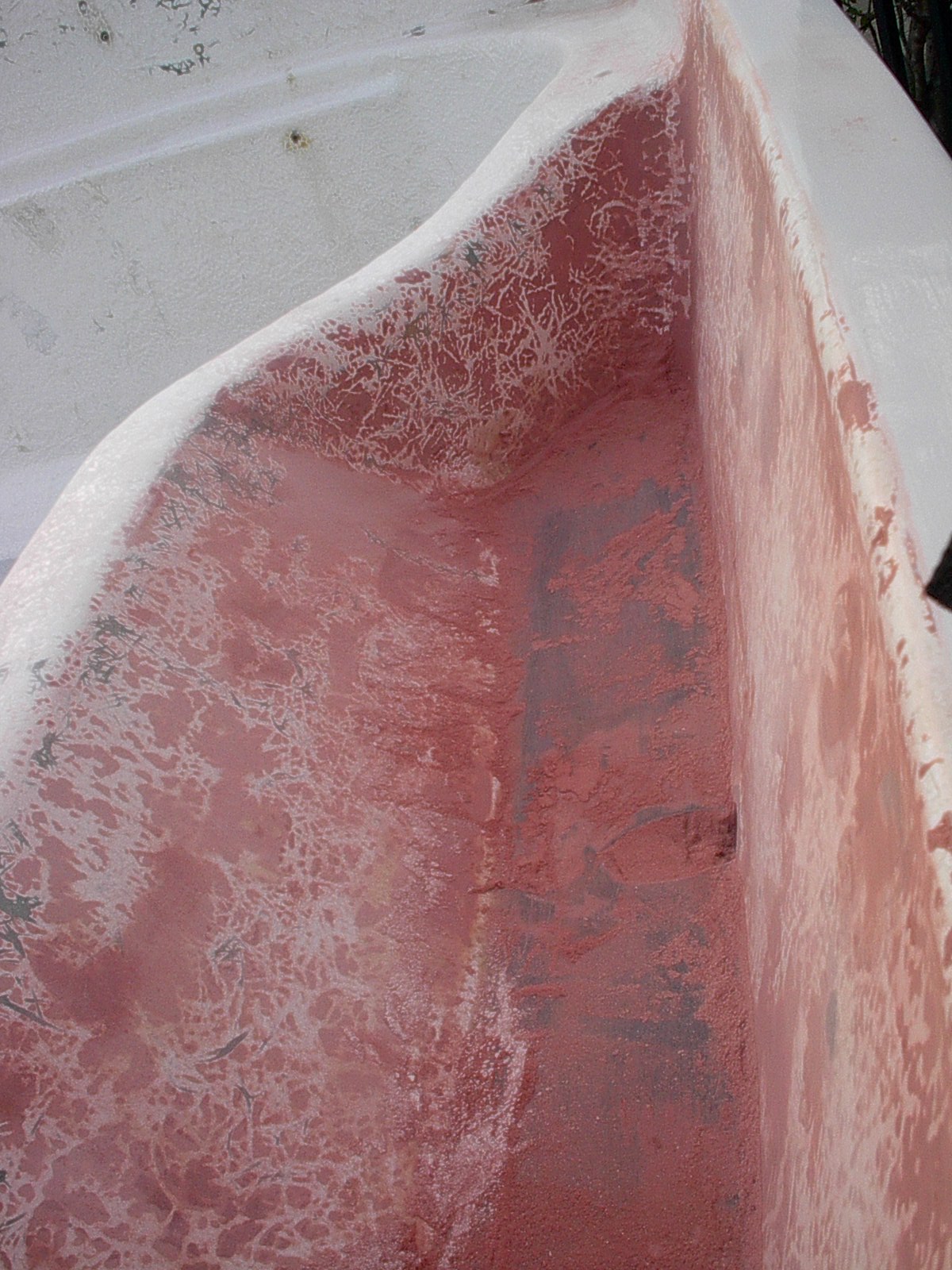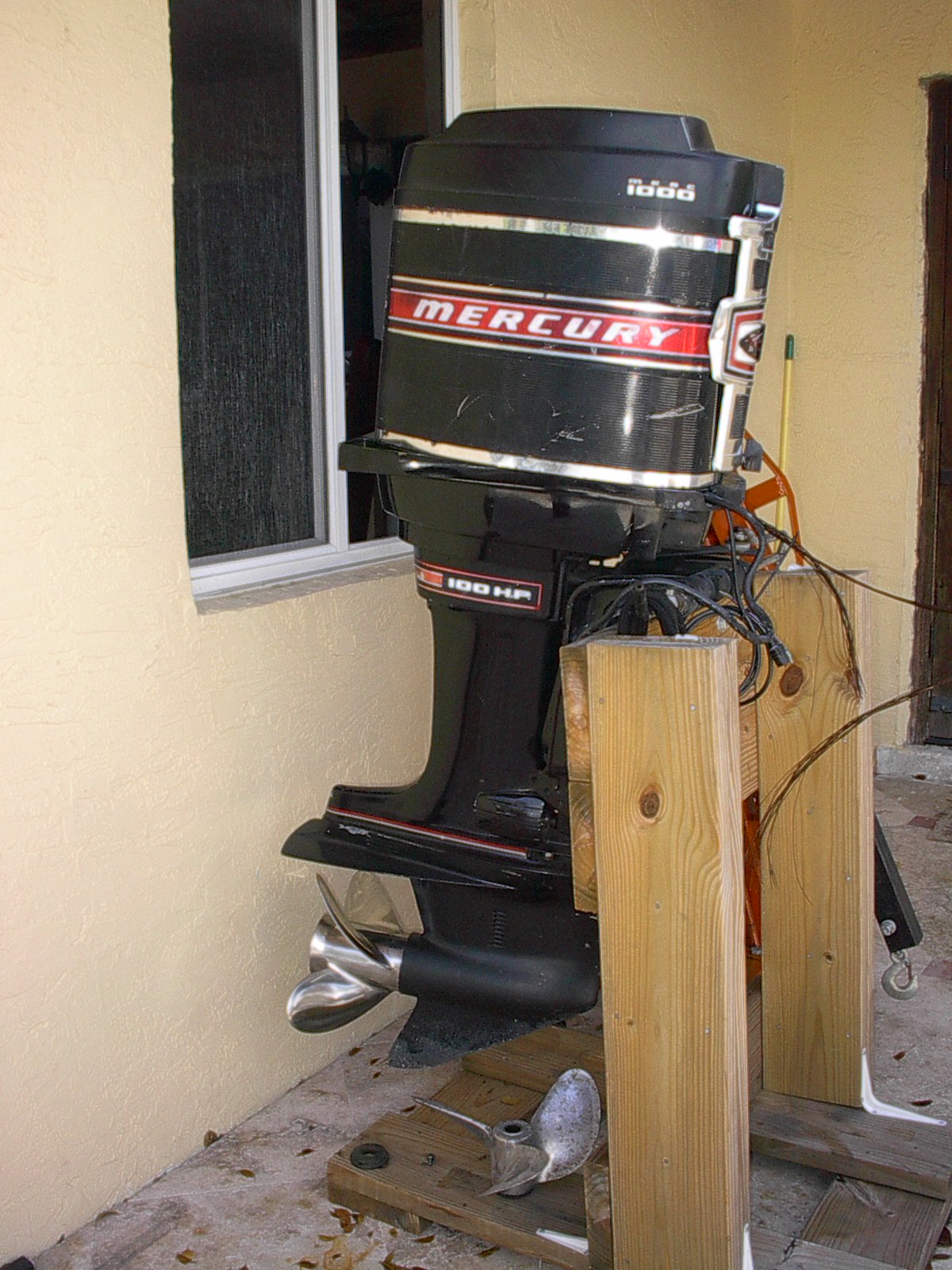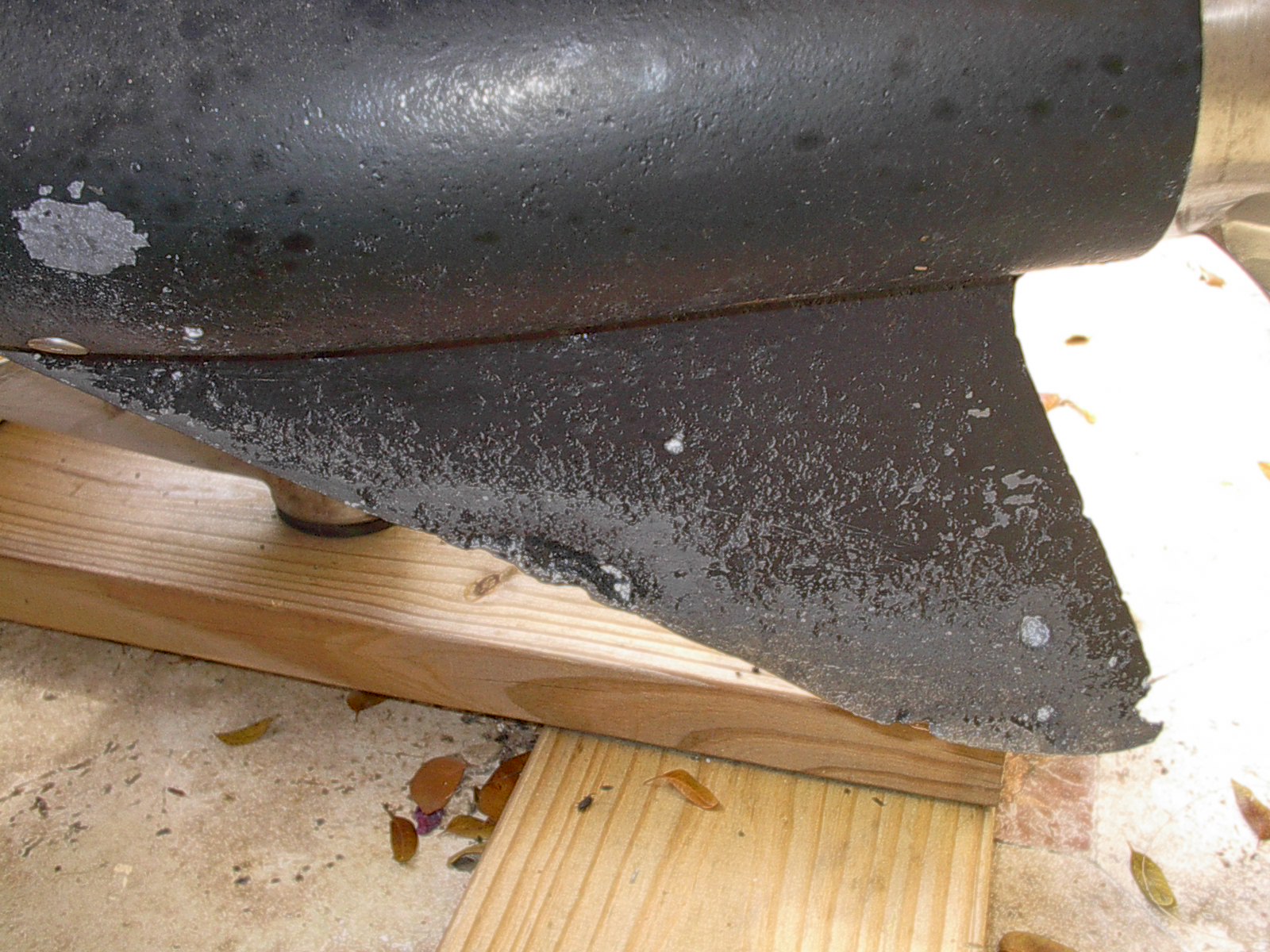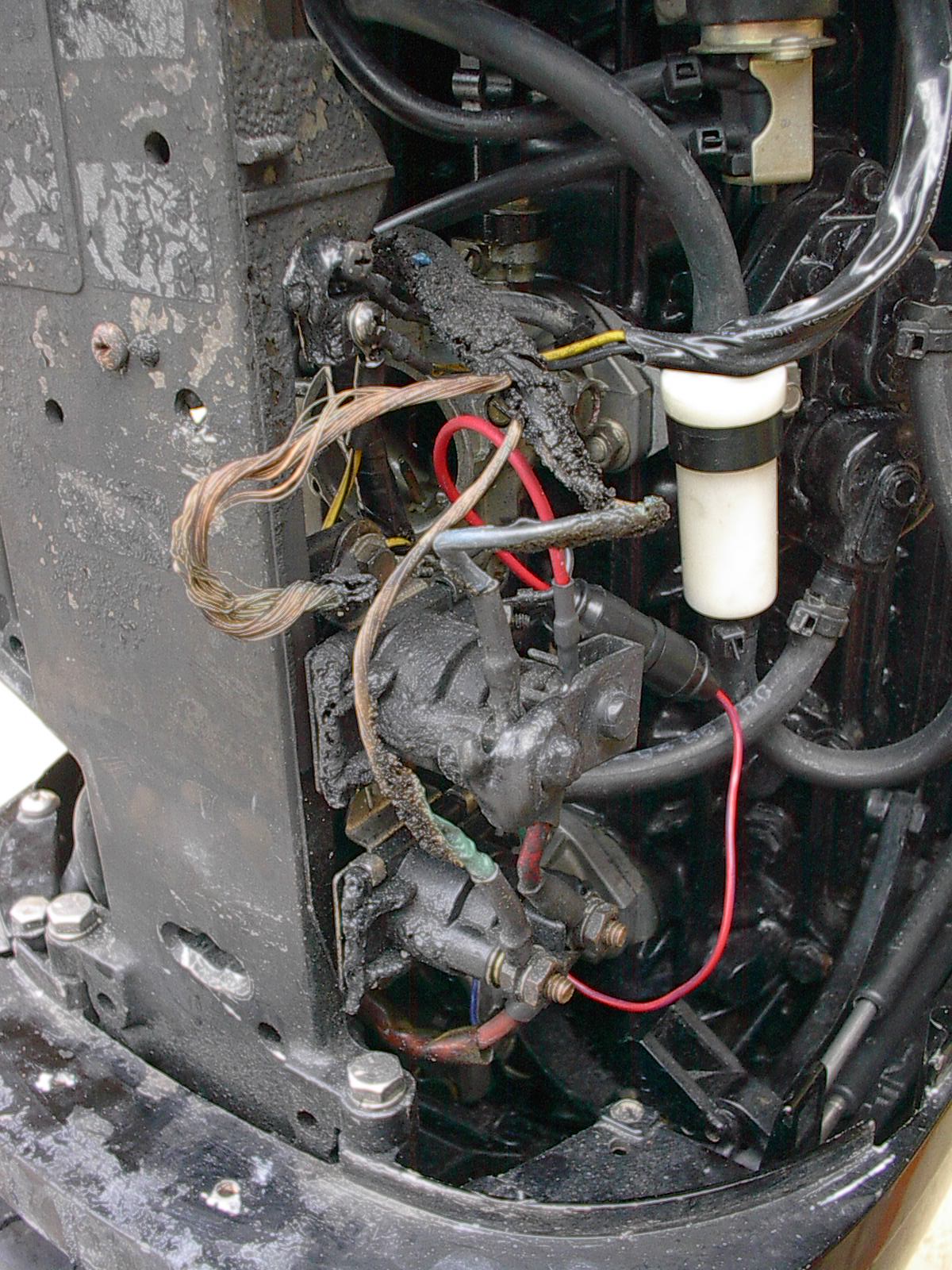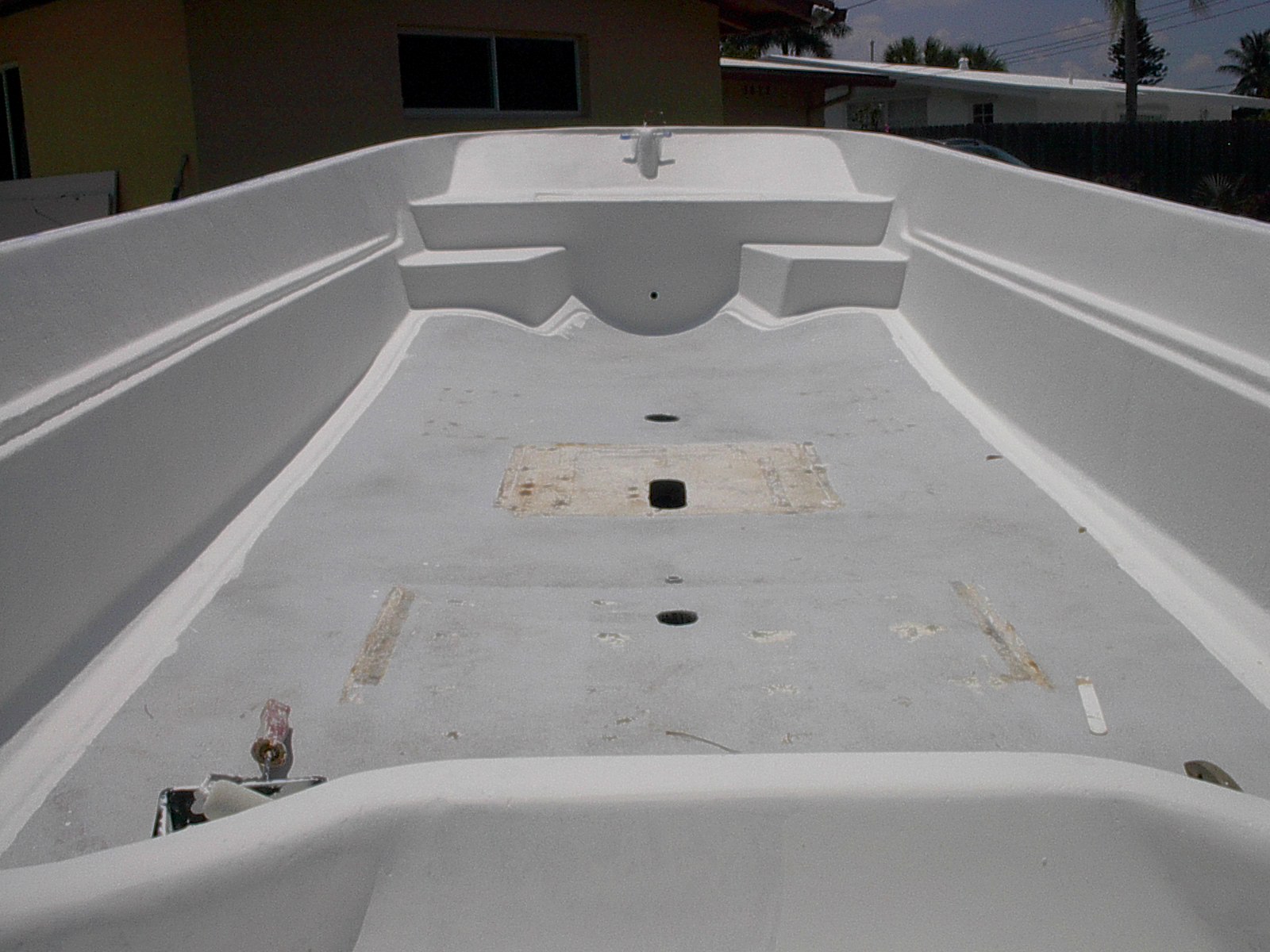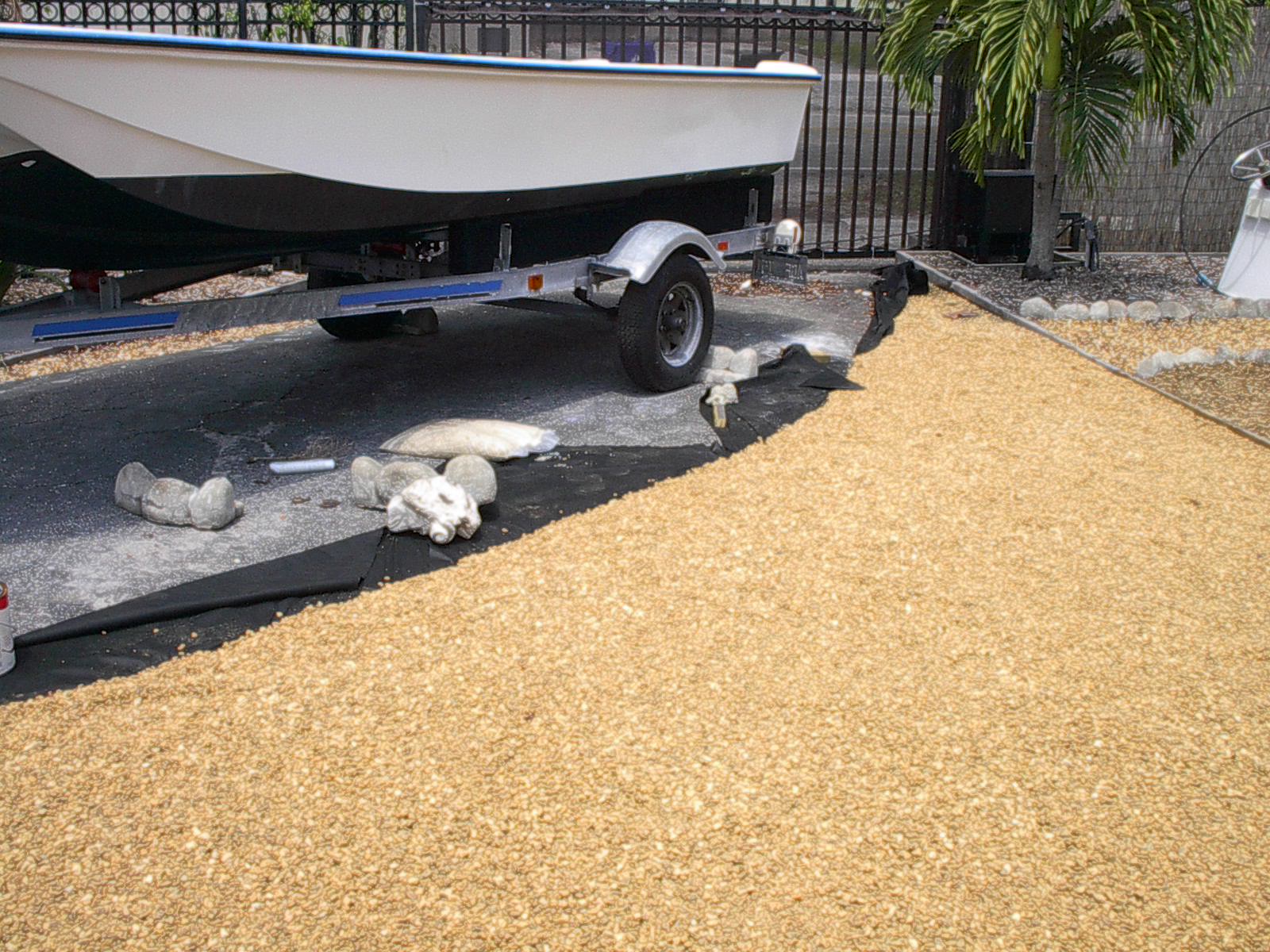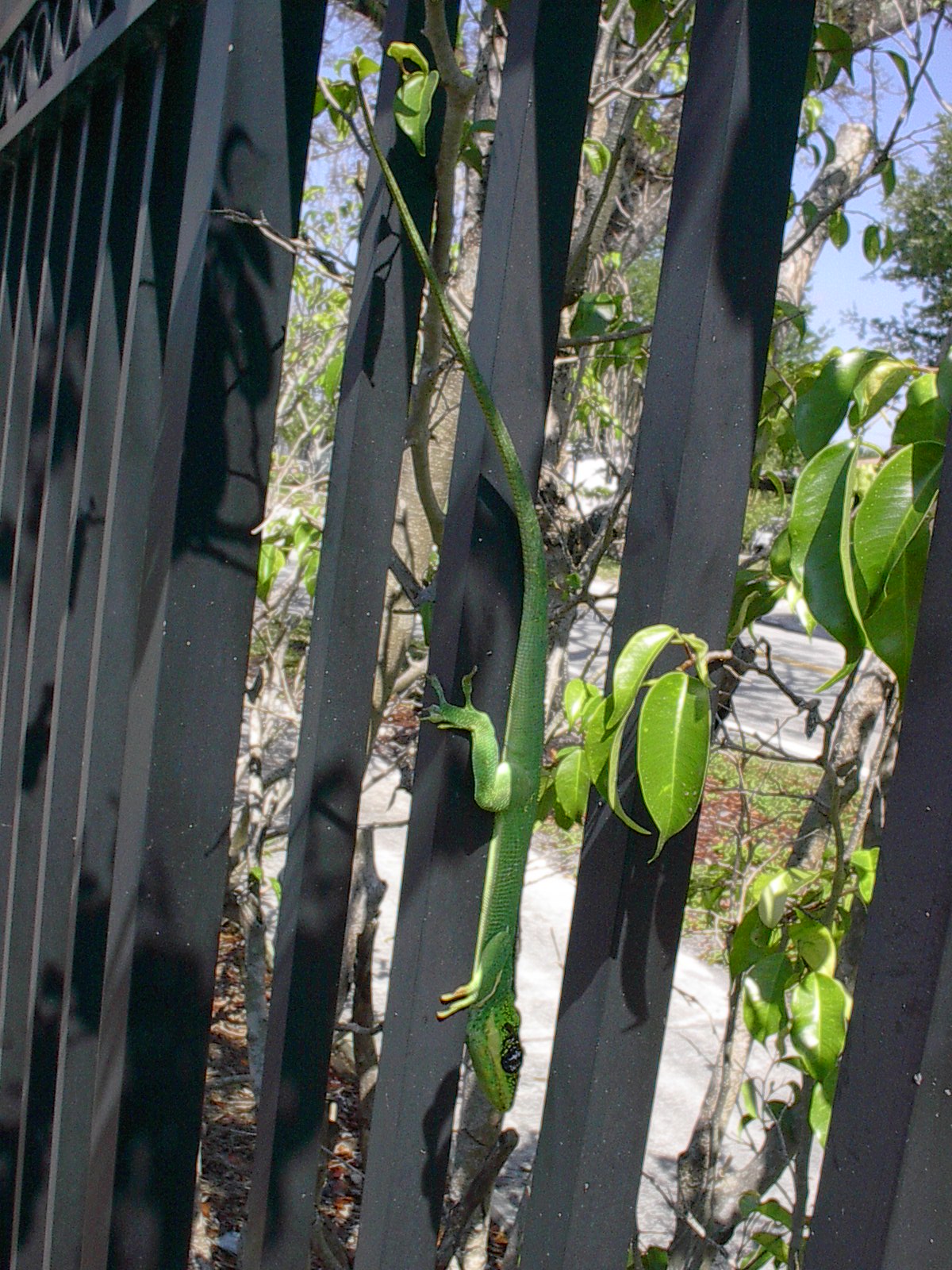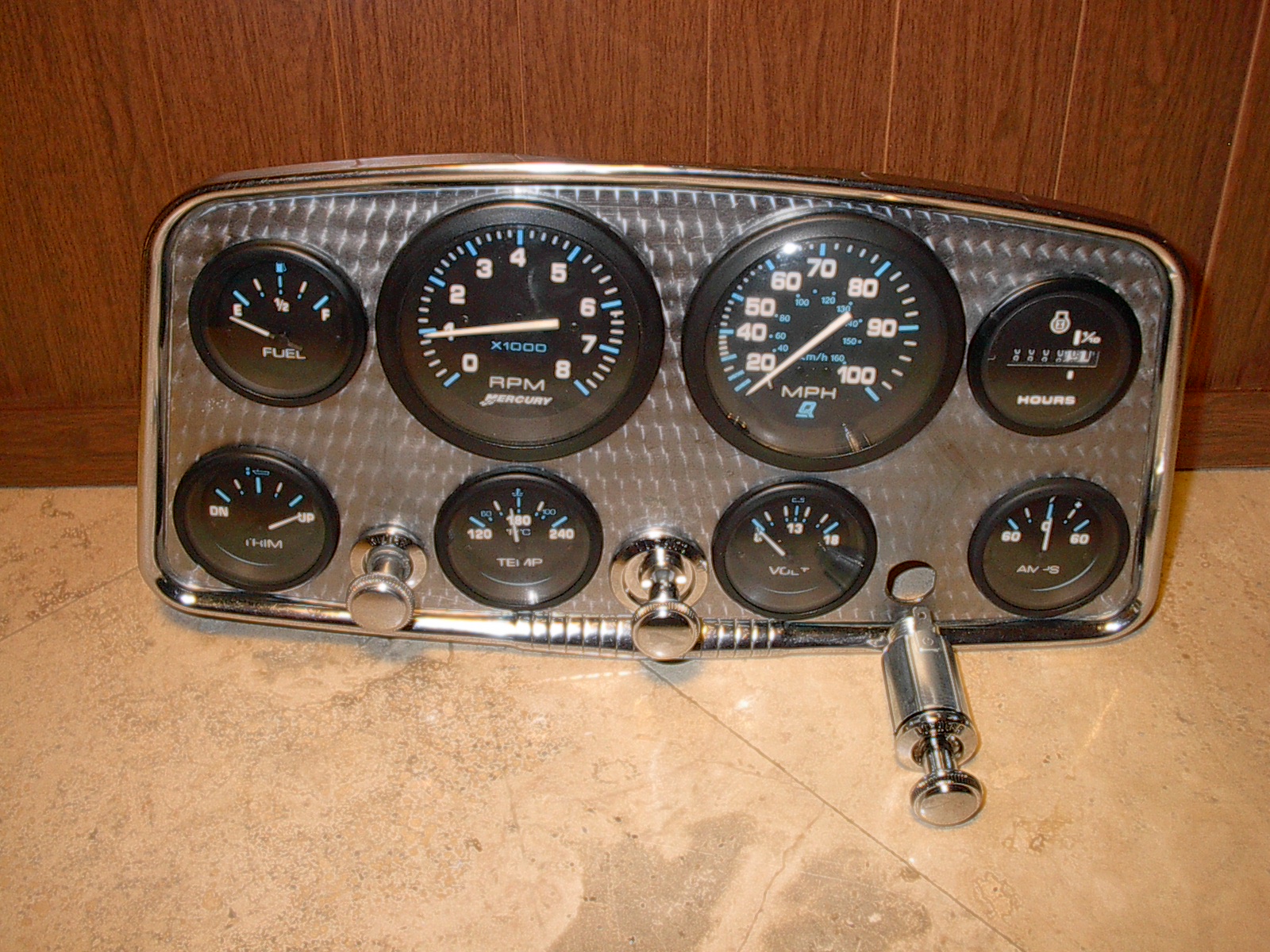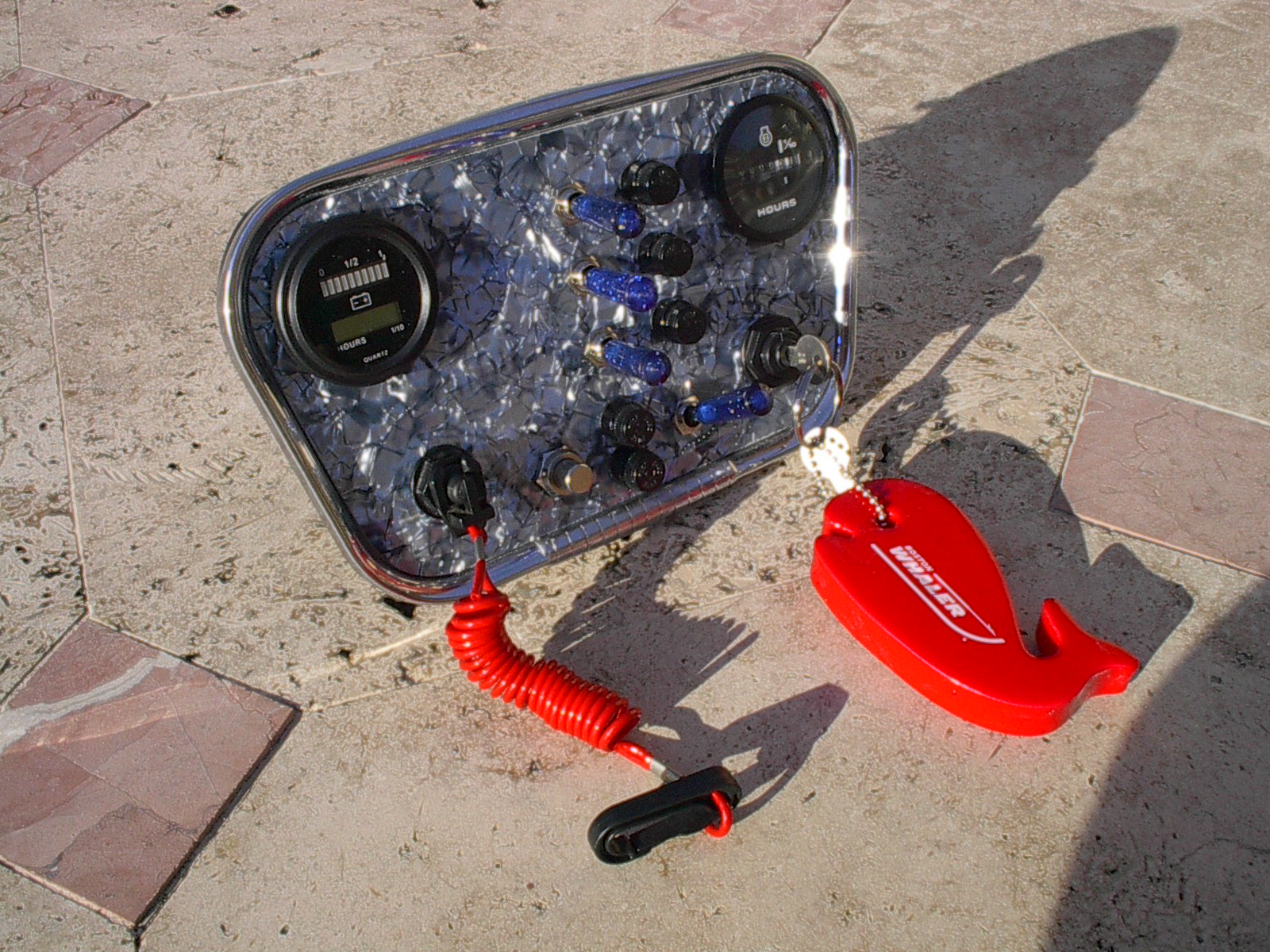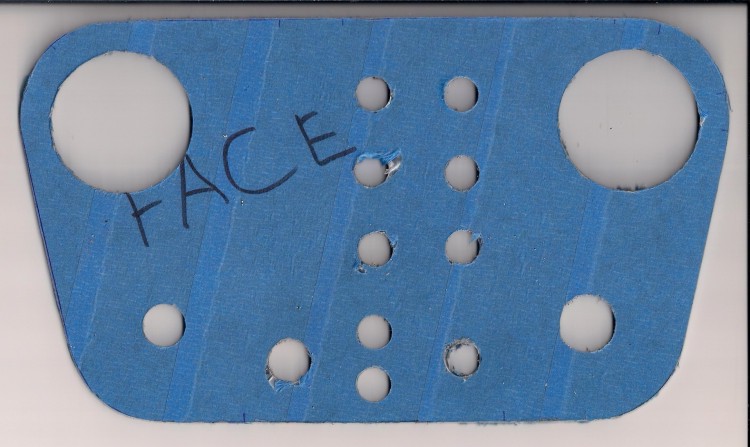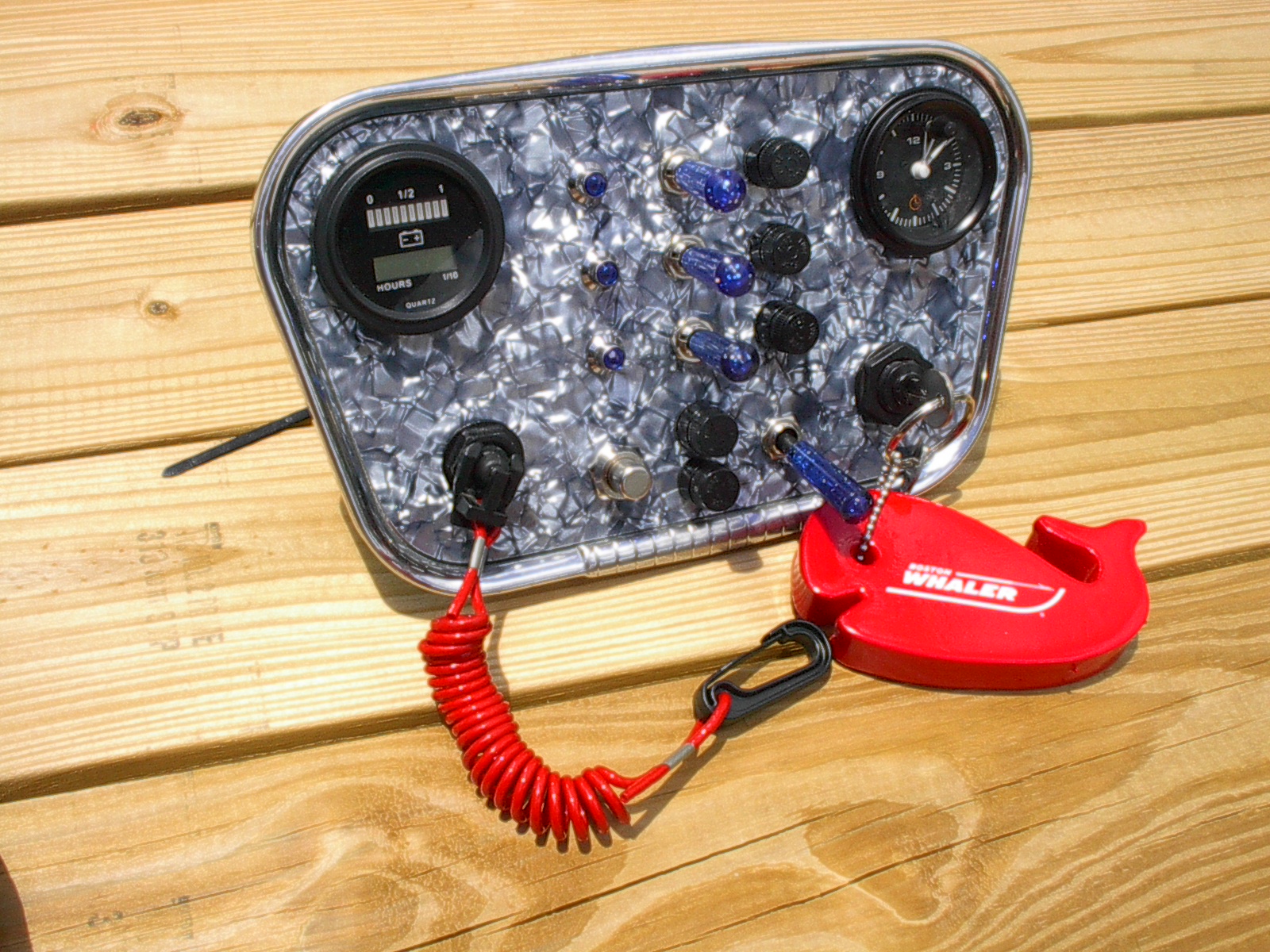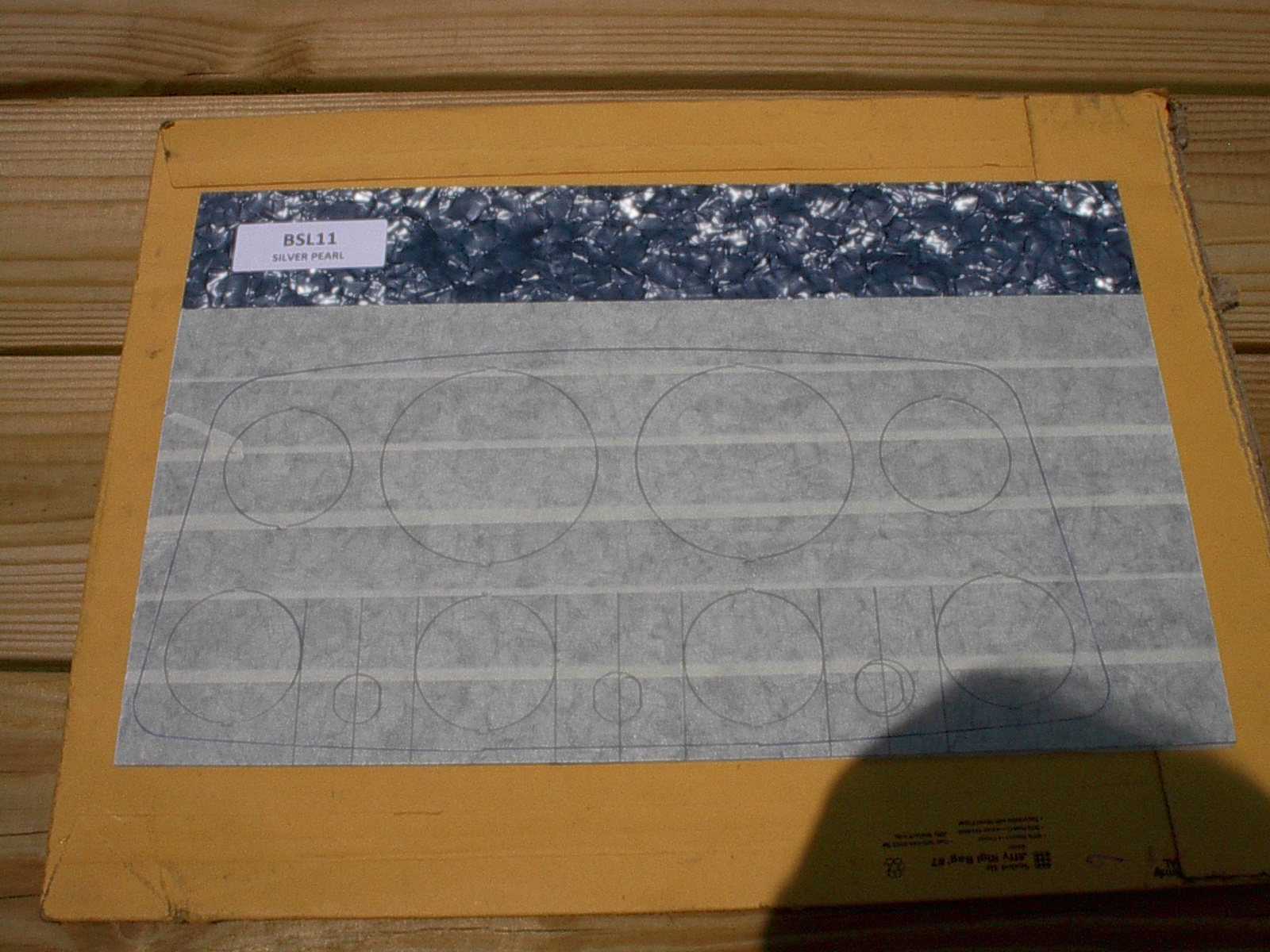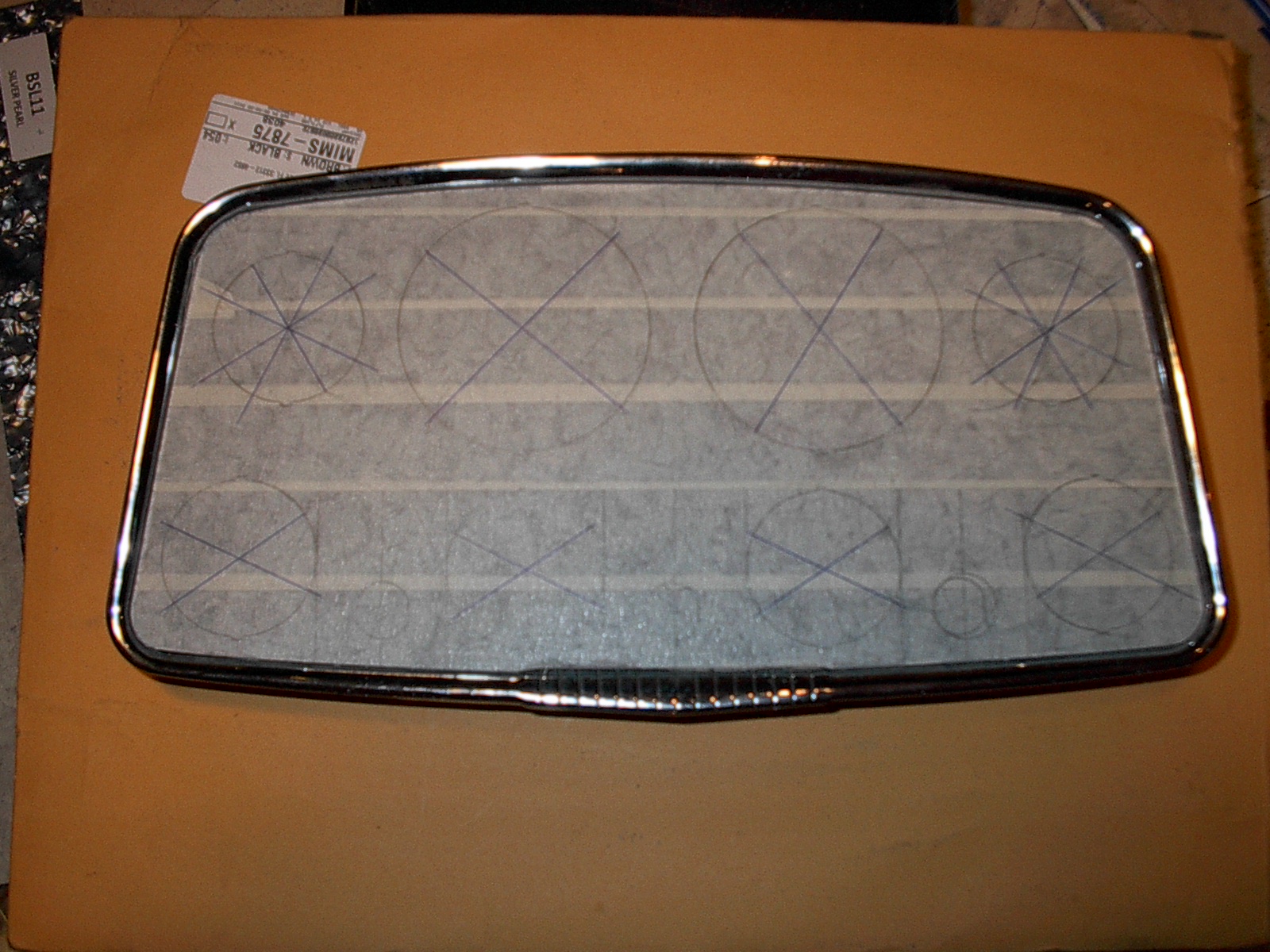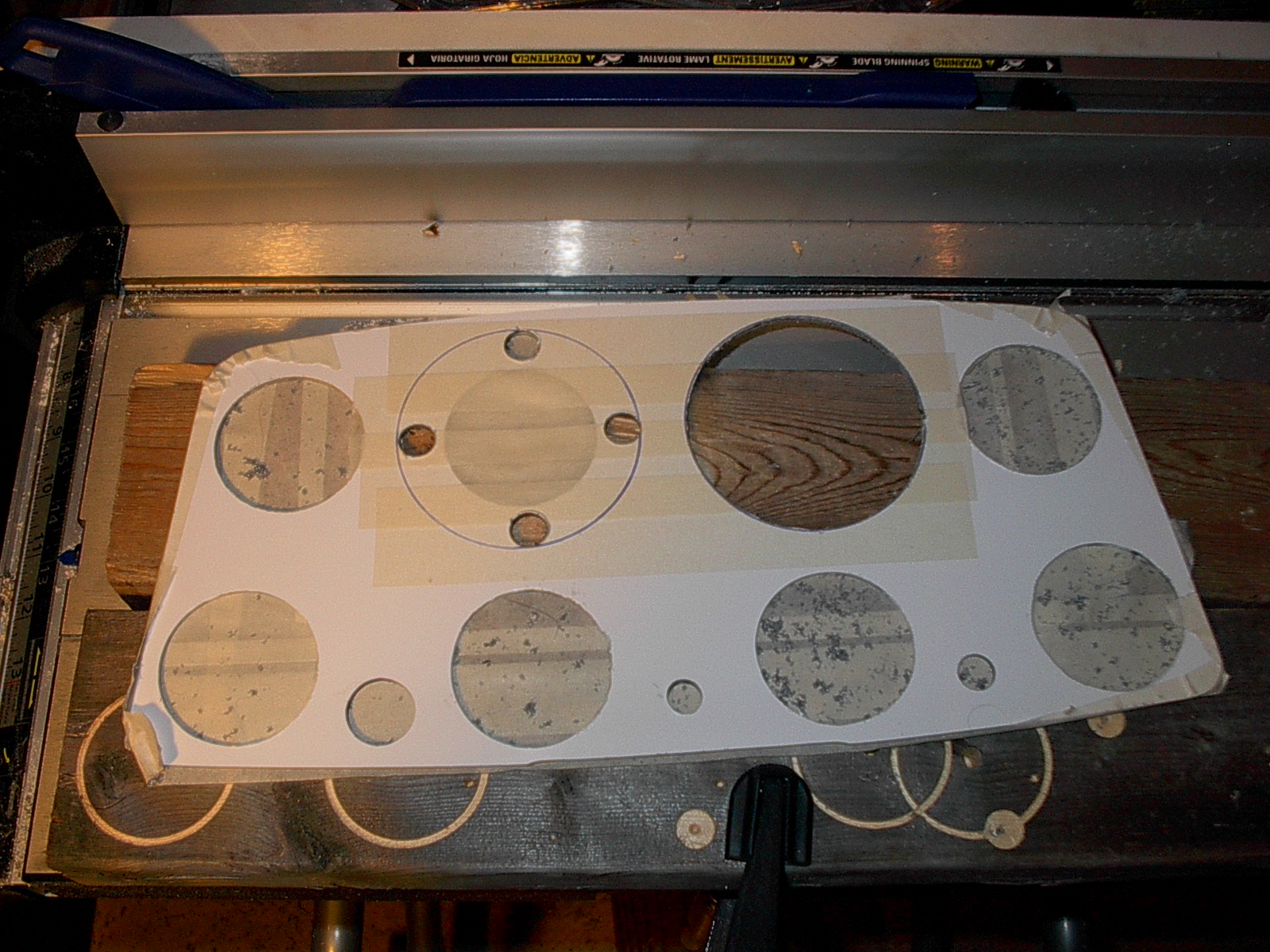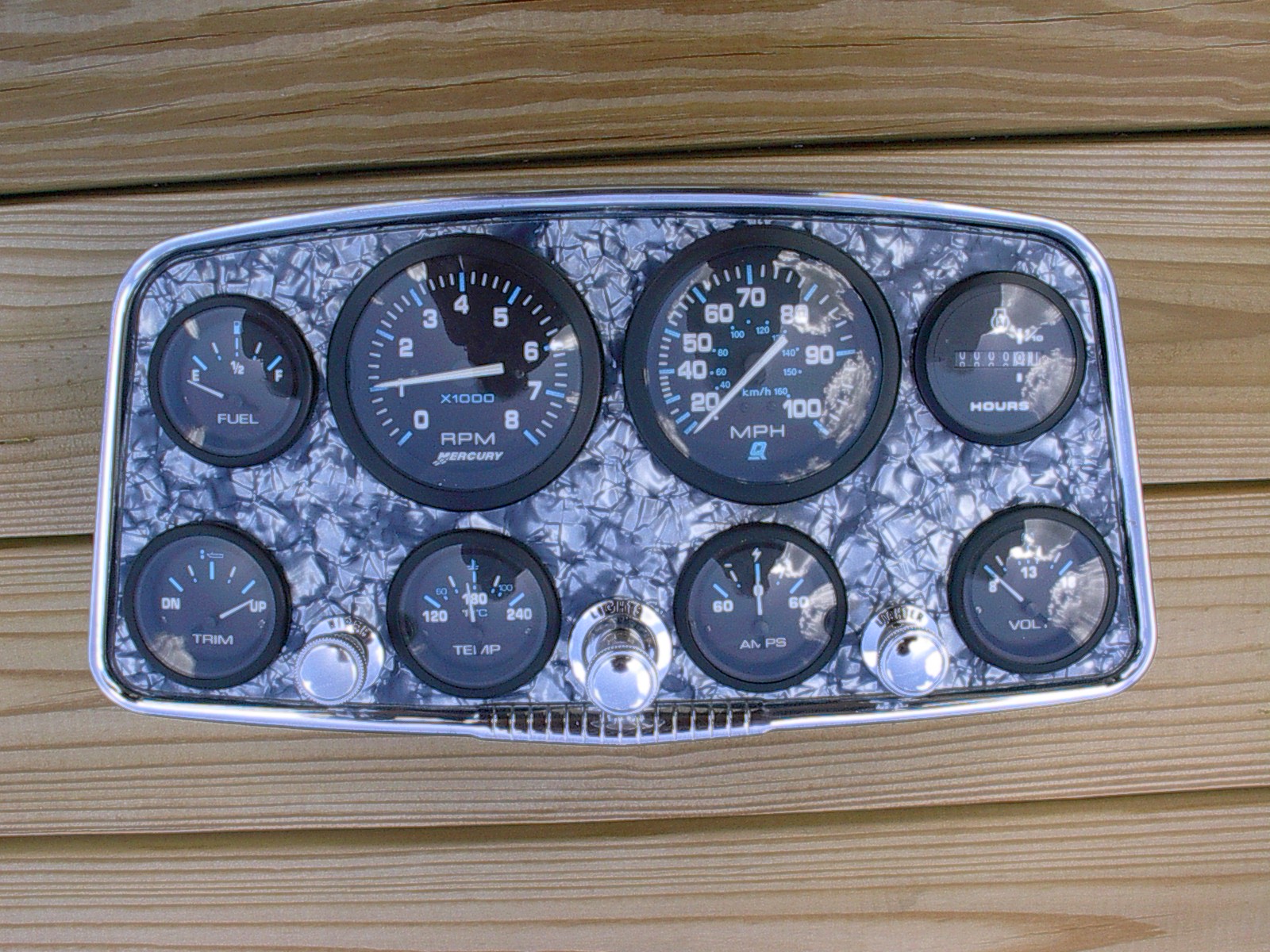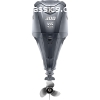|
Welcome,
Guest
|
TOPIC: 1968 16' Boston Whaler
1968 16' Boston Whaler 11 years 7 months ago #90650
|
Please Log in or Create an account to join the conversation. |
Re:1968 16' Boston Whaler 11 years 7 months ago #90651
|
Please Log in or Create an account to join the conversation. |
Re:1968 16' Boston Whaler 11 years 7 months ago #90653
|
|
Please Log in or Create an account to join the conversation. |
Re:1968 16' Boston Whaler 11 years 7 months ago #90655
|
Please Log in or Create an account to join the conversation. |
Re:1968 16' Boston Whaler 11 years 7 months ago #90657
|
Please Log in or Create an account to join the conversation. |
Re:1968 16' Boston Whaler 11 years 7 months ago #90658
|
Please Log in or Create an account to join the conversation. |
Re:1968 16' Boston Whaler 11 years 7 months ago #90661
|
Please Log in or Create an account to join the conversation.
Mark
|
Re:1968 16' Boston Whaler 11 years 7 months ago #90664
|
Please Log in or Create an account to join the conversation. |
Re:1968 16' Boston Whaler 11 years 7 months ago #90745
|
Please Log in or Create an account to join the conversation. |
Re:1968 16' Boston Whaler 11 years 7 months ago #90746
|
Please Log in or Create an account to join the conversation. |
Re:1968 16' Boston Whaler 11 years 7 months ago #90805
|
Please Log in or Create an account to join the conversation. |
Re:1968 16' Boston Whaler 11 years 7 months ago #90847
|
Please Log in or Create an account to join the conversation. |
Re:1968 16' Boston Whaler 11 years 7 months ago #90932
|
Please Log in or Create an account to join the conversation. |
Re:1968 16' Boston Whaler 11 years 7 months ago #91139
|
Please Log in or Create an account to join the conversation. |
Re:1968 16' Boston Whaler 11 years 6 months ago #91450
|
Please Log in or Create an account to join the conversation. |
Re:1968 16' Boston Whaler 11 years 6 months ago #91460
|
|
Please Log in or Create an account to join the conversation. |
Re:1968 16' Boston Whaler 11 years 6 months ago #91484
|
Please Log in or Create an account to join the conversation. |
Re:1968 16' Boston Whaler 11 years 6 months ago #91503
|
|
Please Log in or Create an account to join the conversation. |
Re:1968 16' Boston Whaler 11 years 6 months ago #91512
|
Please Log in or Create an account to join the conversation. |
Re:1968 16' Boston Whaler 11 years 6 months ago #91528
|
Please Log in or Create an account to join the conversation. |
Re:1968 16' Boston Whaler 11 years 6 months ago #91531
|
Please Log in or Create an account to join the conversation.
Mark
|
Re:1968 16' Boston Whaler 11 years 6 months ago #91581
|
Please Log in or Create an account to join the conversation. |
Re:1968 16' Boston Whaler 11 years 6 months ago #91942
|
Please Log in or Create an account to join the conversation. |
Re:1968 16' Boston Whaler 11 years 6 months ago #92560
|
Please Log in or Create an account to join the conversation. |
Re:1968 16' Boston Whaler 11 years 6 months ago #92574
|
|
Please Log in or Create an account to join the conversation. |
Re:1968 16' Boston Whaler 11 years 6 months ago #93044
|
Please Log in or Create an account to join the conversation. |
Re:1968 16' Boston Whaler 11 years 5 months ago #93176
|
Please Log in or Create an account to join the conversation. |
Re:1968 16' Boston Whaler 11 years 2 months ago #98342
|
Please Log in or Create an account to join the conversation. |
Re:1968 16' Boston Whaler 11 years 2 months ago #98366
|
Please Log in or Create an account to join the conversation.
Mark
|
Re:1968 16' Boston Whaler 11 years 2 months ago #98521
|
Please Log in or Create an account to join the conversation. |
Re:1968 16' Boston Whaler 11 years 2 months ago #98523
|
Please Log in or Create an account to join the conversation.
Mark
|
Re:1968 16' Boston Whaler 11 years 2 months ago #98881
|
Please Log in or Create an account to join the conversation. |






